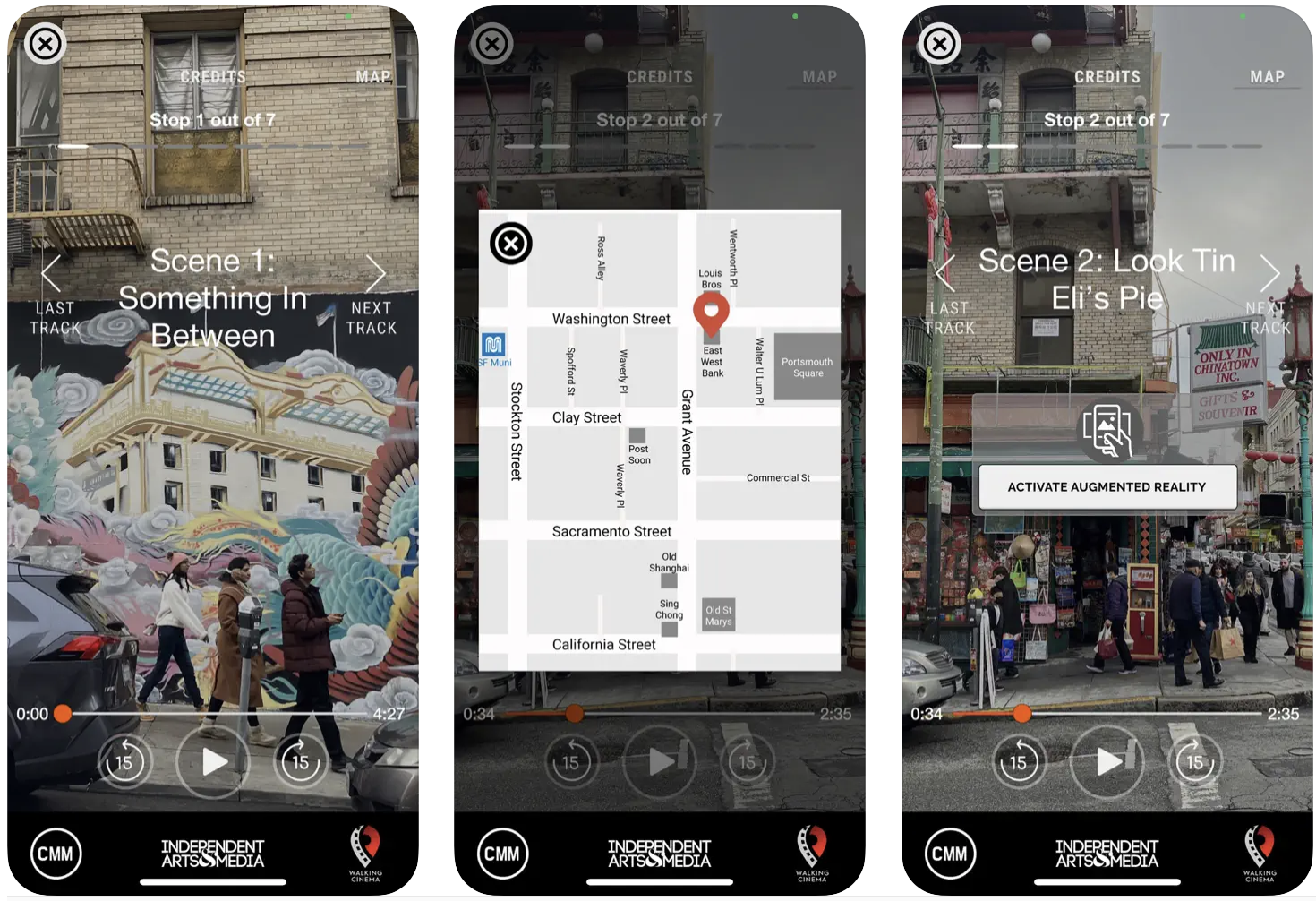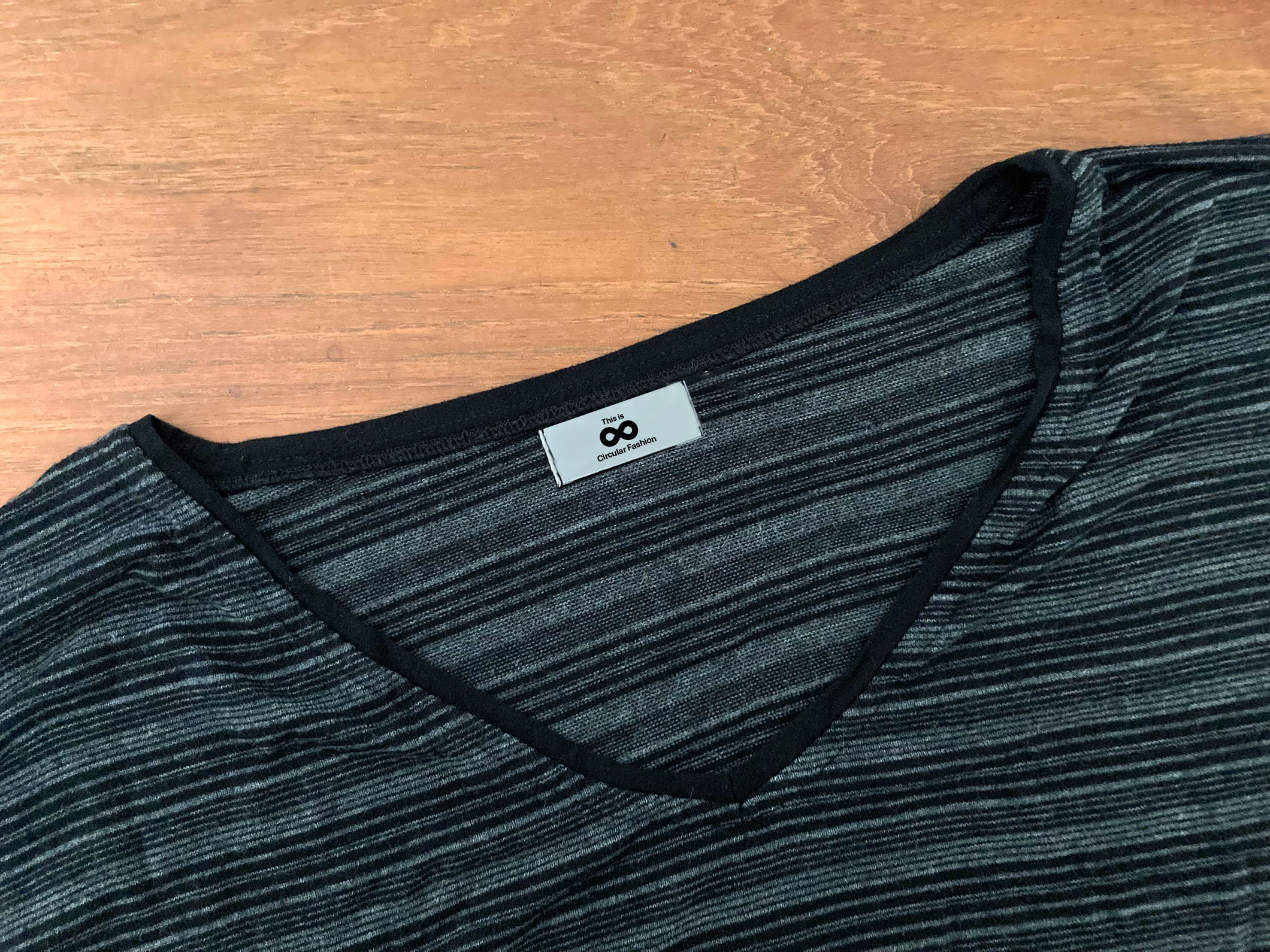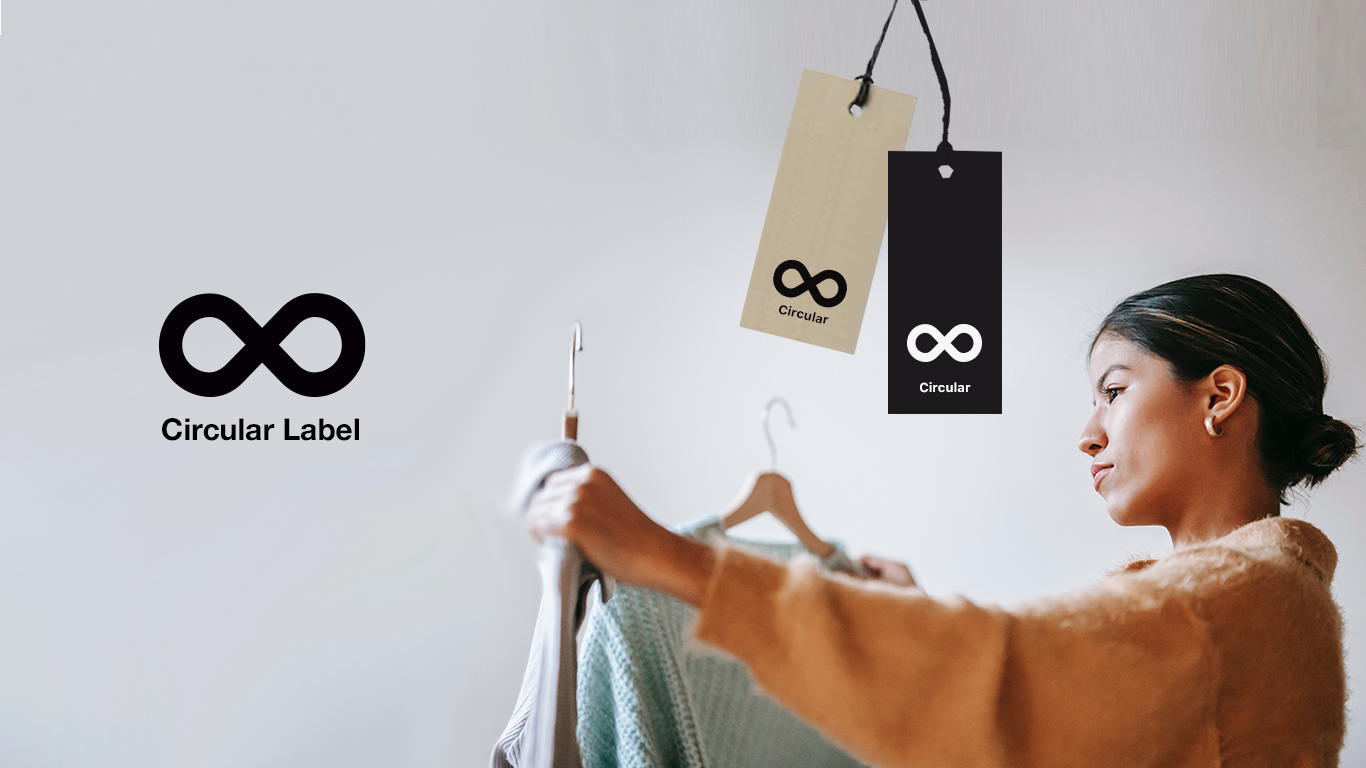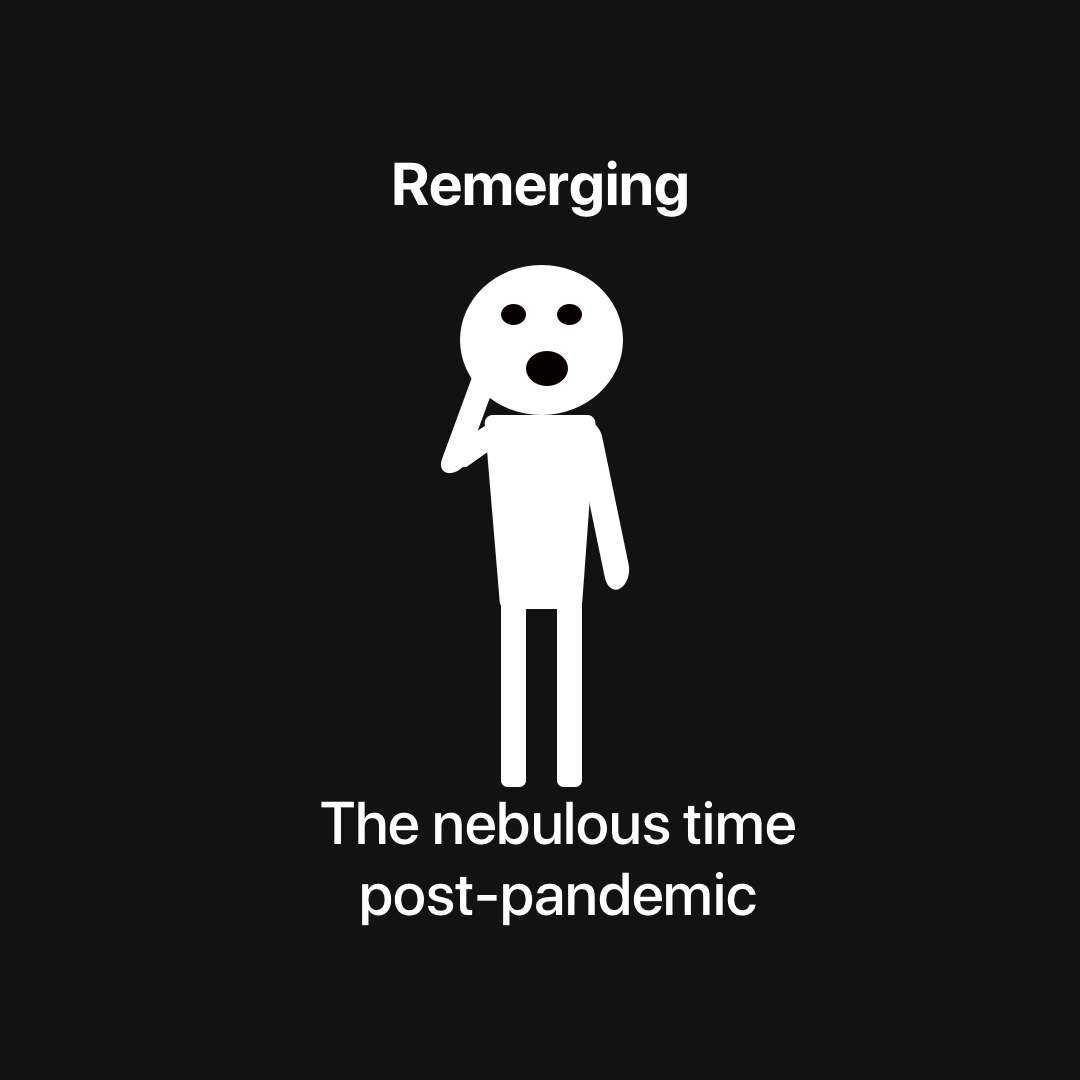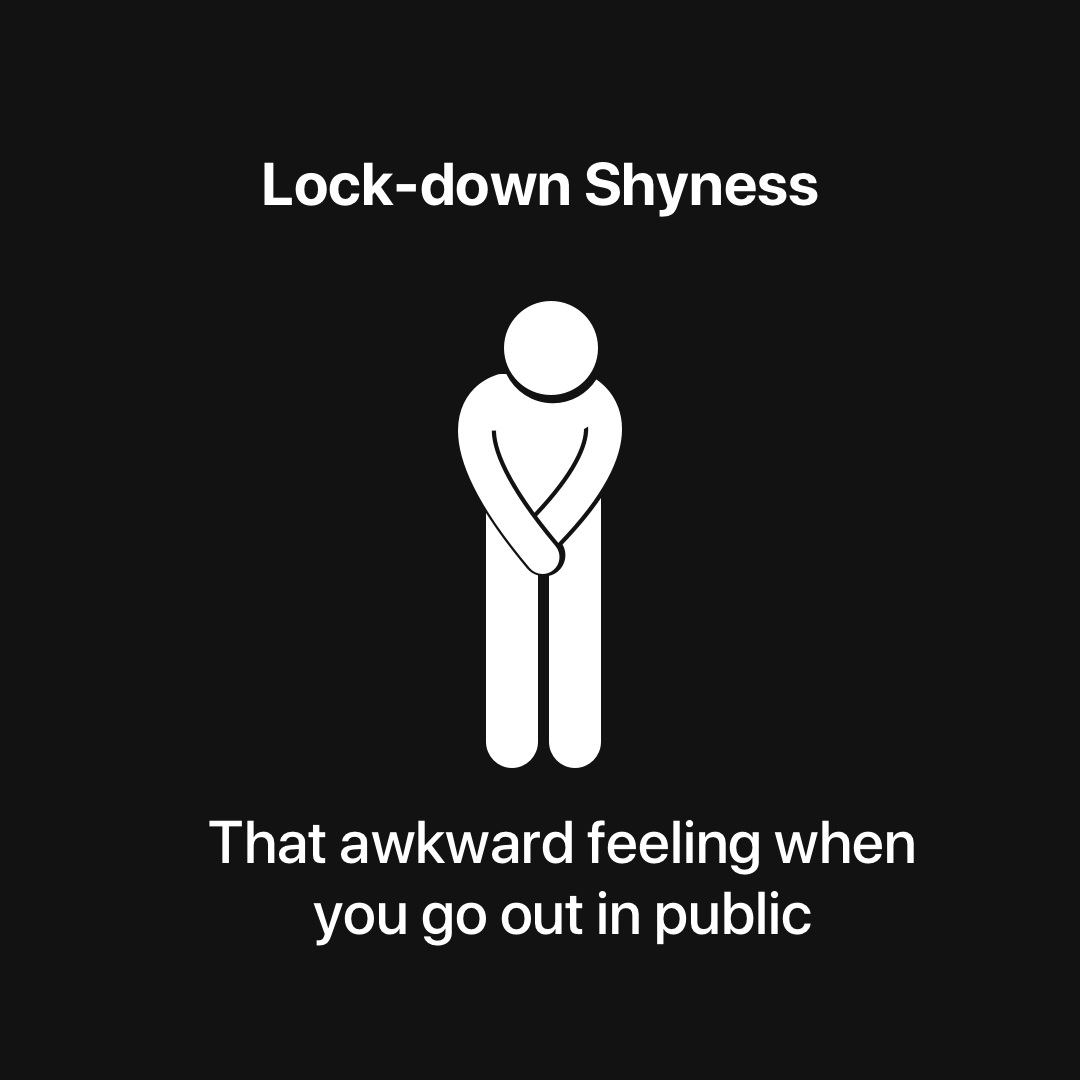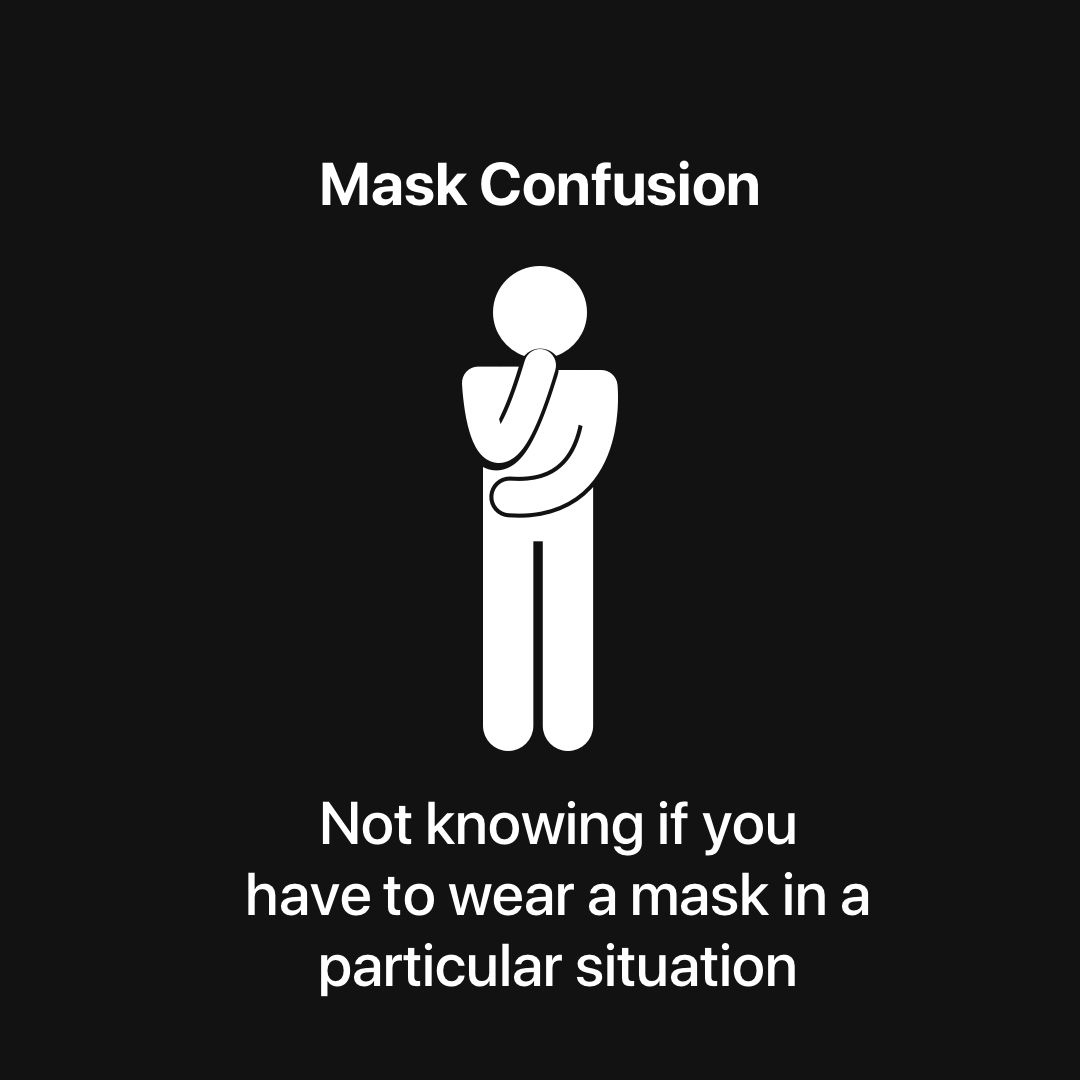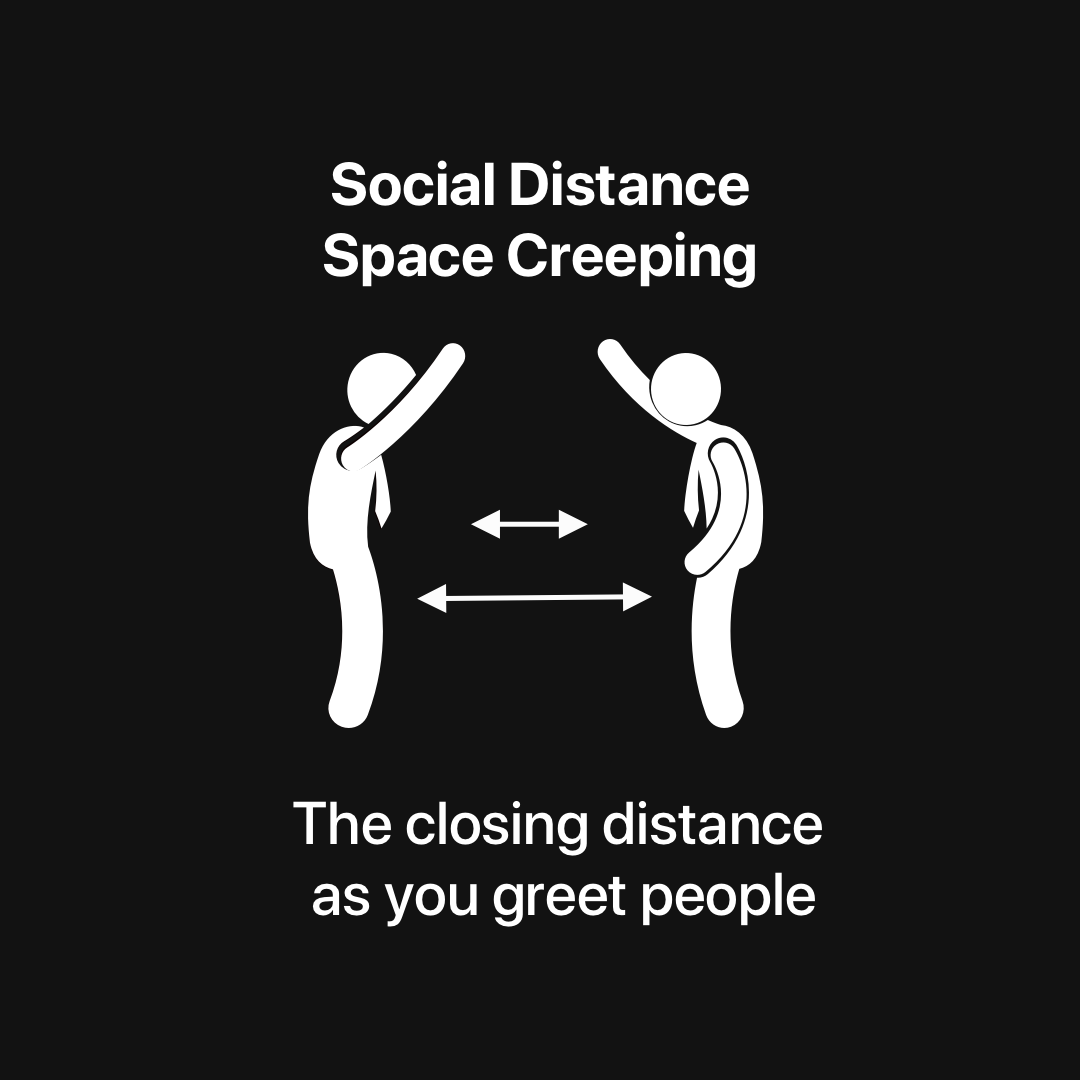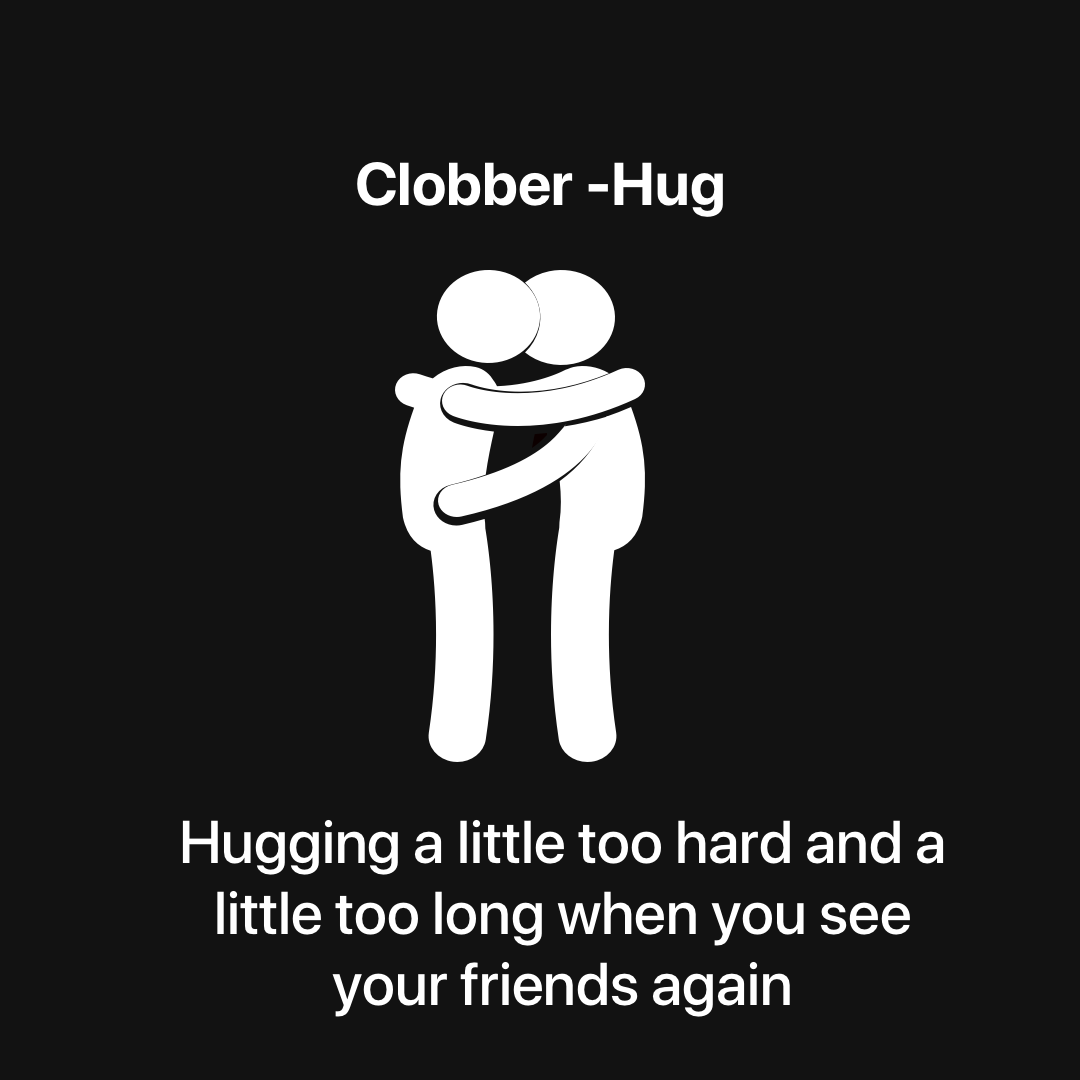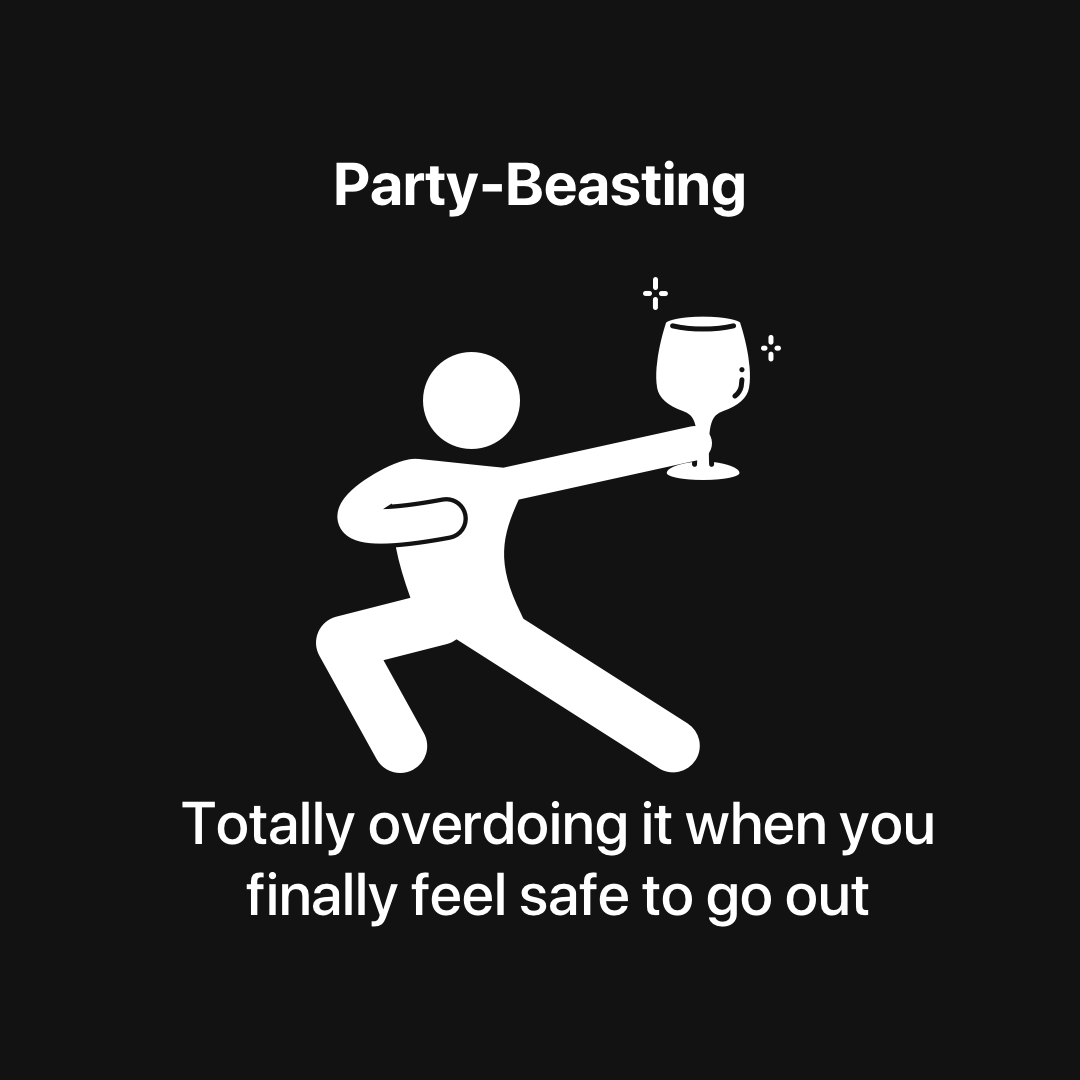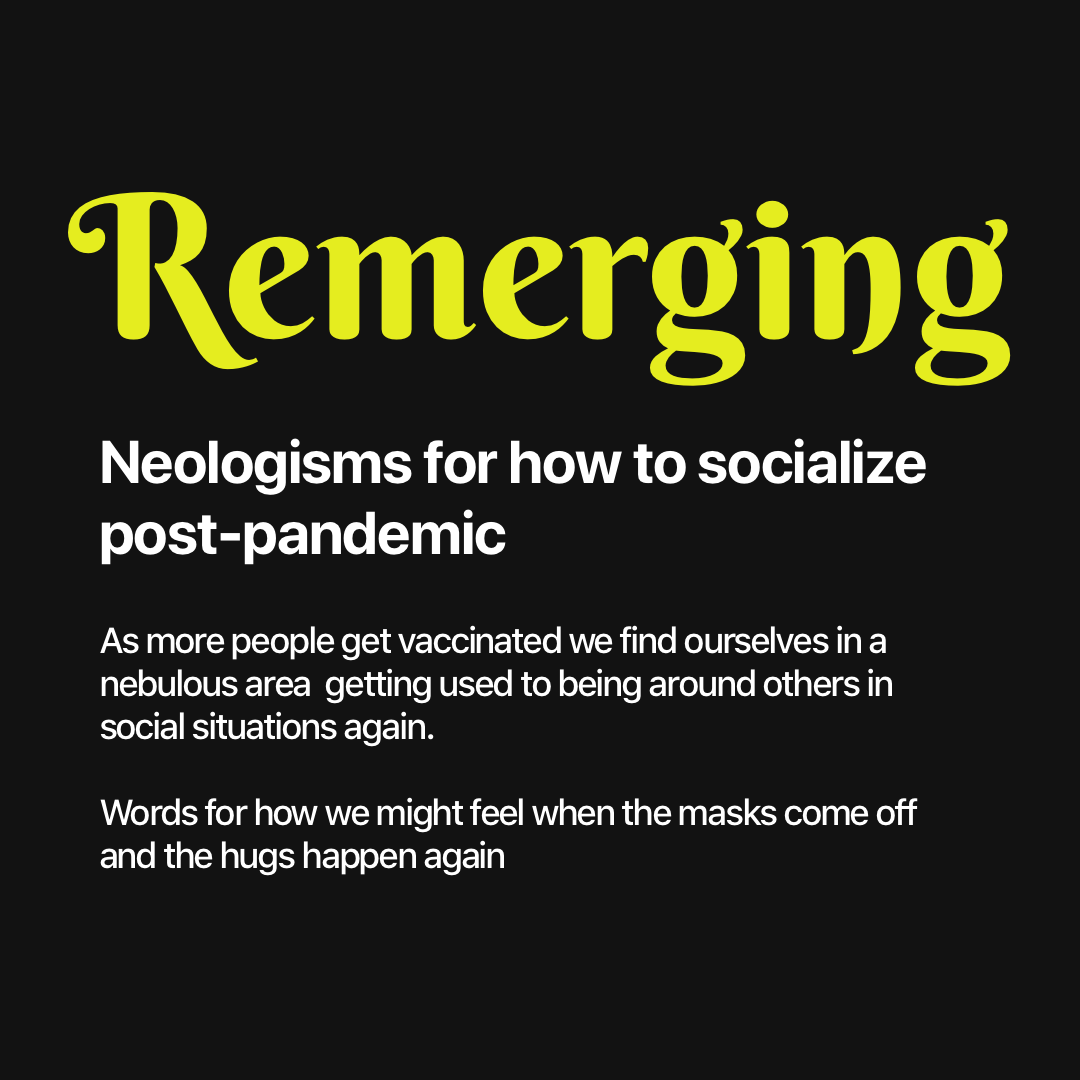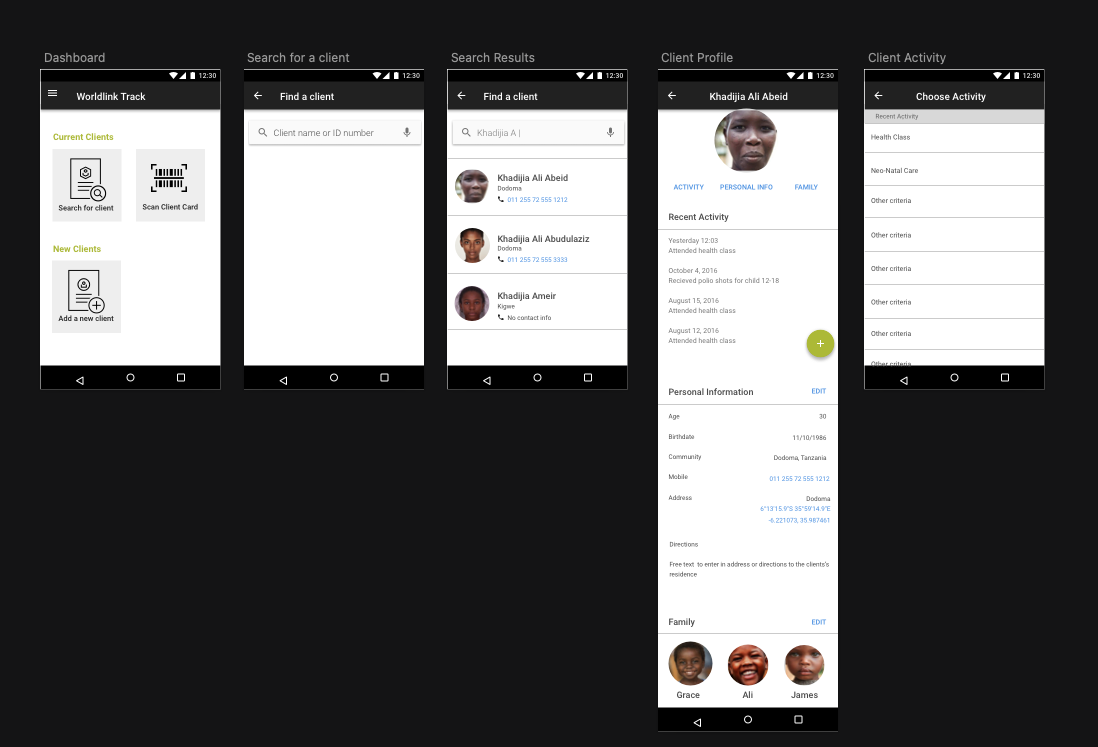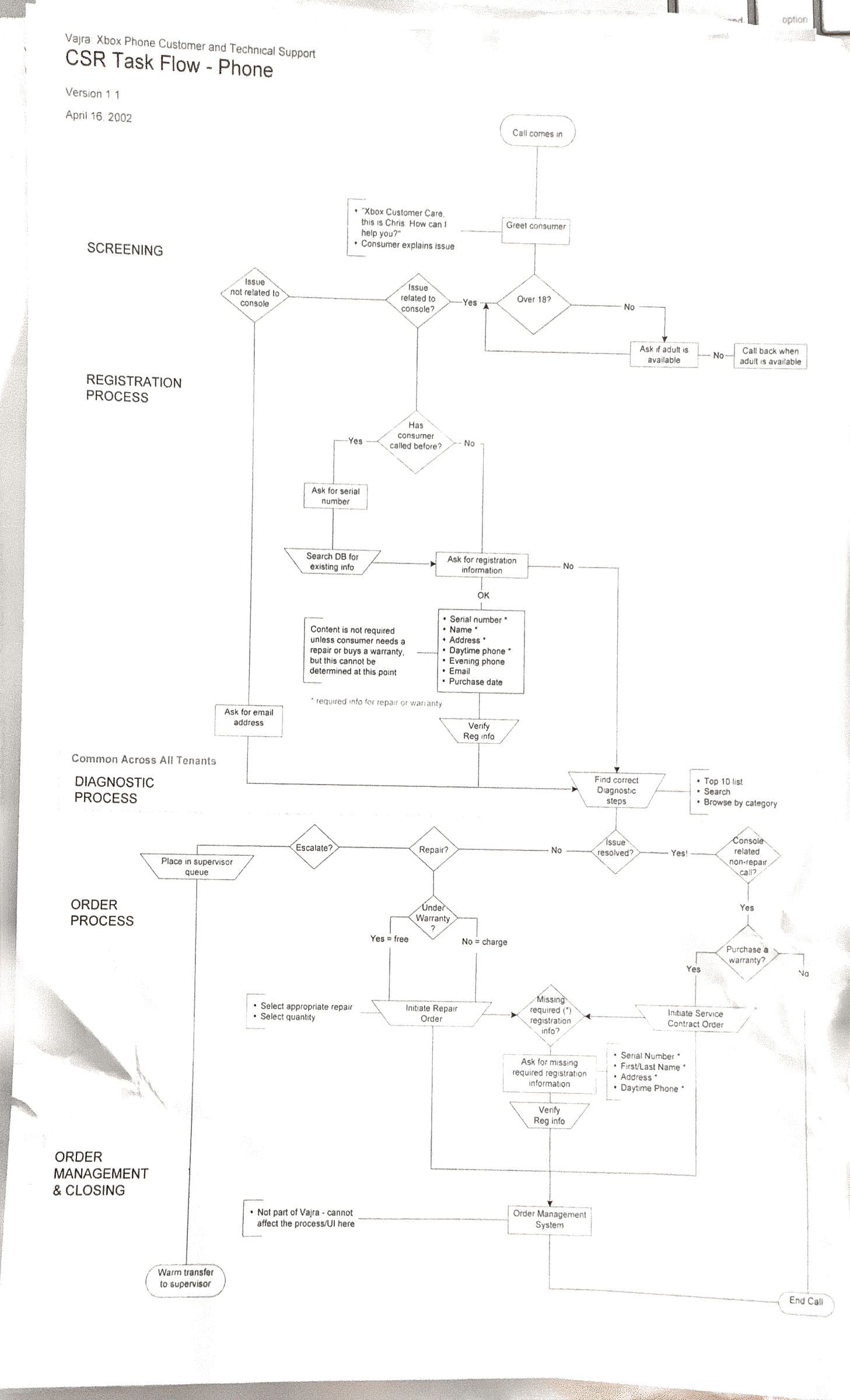California Migration Museum Tours
Migrant Footsteps is a series of free, immersive audio stories guided by audio, music, and augmented reality.
Turning a neighborhood into an immersive history experience
California Migration Museum Tours
Mobile Application
Screen shots from the Chinatown Town mobile application
The California Migration Museum (CMM) was founded in 2021 to build hands-on, immersive content that tells the rich and complex story of how migration has shaped California in profound ways – and how it continues to do so. Migration is California’s story — and CMM explores this complex history of not only welcome but also exclusion, displacement, and resistance, asking challenging questions about who “we” are — and who we want to become.
Migrant Footsteps tours spark thought-provoking conversations that can help change entrenched narratives around contemporary migration issues.
Cinema Box
I created this installation in a cafe in the Mission District that shows a video on the Columbian immigrants who came to San Francisco in the late 1950s and started the coffee roasting business that fueled the West Coasts cafe culture.
Project Goals:
Tapestry
I created this tapestry hung in a window of Old Shanghai Chinese gift shop in Chinatown. When a user points their camera at this tapestry while using the app, it triggers an augmented reality overlay thats shows what the street looked like in 1890 Chinatown.
Walking Cinema, a production company that created immersive experiences, hired me to work on a mobile application supporting an immersive tour.
The California Migration Museum (CMM) partnered with Walking Cinema to create a “virtual museum” featuring migration stories—an immersive audio-led history tour with supplemental augmented reality and video experiences triggered by location and physical objects.
Process:
I had created a mobile application from a prior project, Before the Bulldozers for the Smithsonian, which was used as a framework for the CMM application. I also made several physical artifacts to create “trigger” objects to launch short video stories or augmented reality experiences.
Team:
The Walking Cinema team comprised a Director responsible for the audio and film production, a producer who recorded and gathered stories, a mobile app developer, voice actors and historians and a junior designer who focused on the augmented graphics production.
I was the lead designer responsible for the application design, visual design, and set design for installations throughout the city.
The CMM team designed their website.
Outcome:
Four mobile apps, three immersive stories and several installations.
Migrant Footsteps is a series of free, immersive audio stories that help you discover how migration has shaped every corner of the Golden State. Walk directly into San Francisco's migration stories, guided by audio, music, and augmented reality. Migration is California's story, and Migrant Footsteps brings this history to life.
Related projects
Happiness Project at CCA
A crowd-sourced series of urban interventions that activate and humanize public spaces
The project was made by the IxD 4 Experience Design students in the interaction design program at CCA.
We worked collaboratively to build a meaningful and engaging experience.
The Happiness Project at CCA is part of a crowd-sourced series of urban interventions that activate and humanize public spaces and make the everyday extraordinary and uplifting.
https://happinessprojectsf.org/
Related Projects
At Home
Near future smart home
Near future concept
I led a course in the Interaction Design BFA program at CCA where we explored what a near future smart home might be like for GenZ (people born from 1995-the early 2000s). Students participated in a three month design research engagement looking at market behavior, socio-economic trends and attitudes of their age cohort and in partnership with our sponsored created new and/or evolved existing product and service concepts.
The Interaction Design BFA program at CCA explored what a near future smart home might be like for Gen Z (people born between 1995-the early 2000s).
Related Projects
Ads
San Francisco BART environmental adverts for the Circular Fashion Campaign
San Francisco BART environmental adverts for the Circular Fashion Campaign
San Francisco BART environmental adverts for the Circular Fashion Campaign
Targeted Banner Advertising for JCP Home launch
Targeted Banner Advertising for JCP Home launch
Targeted Banner Advertising for JCP Home launch
Landing Page for JCP Home Launch
Circular Fashion Label
Create market demand for renewed textiles
Branding to create a market for reclaimed fabrics
Abstract
This project proposal is the creation of a visual labeling system, brand, and marketing strategy aimed at creating demand and desire for products made from reclaimed material that would otherwise be destined for landfills. Innovate with the materials we already have.
I. Introduction
This project proposal is the creation of a visual labeling system, brand, and marketing strategy aimed at creating demand and desire for products made from reclaimed fabrics and materials that would otherwise be destined for landfills. The purpose of this consumer-aimed campaign is to complement and enhance efforts being made by government and industry best practices to expedite these important supply chain and production changes. This project began as an exploration into how to deal with the massive amount of fabric waste caused by the fashion industry and will be primarily focused on this industry, but the concept of consumer labeling for recycled, renewed and used products can potentially extend to other consumer products.
II. The Problem
A. Significance of the problem In the United states 292.4 million tons of waste end up at municipal waste dumps. Although 94 million tons of this waste gets recycled or composted the majority of it ends up buried in landfills. The reasons people discard clothing varies, the item could be out of style, a poor fit for the individual, or simply worn out. Consumer products and the fashion industry thrive on temporality and have marketing and advertising specifically designed to shift consumers' tastes from season-to-season and year to year. The industry is driven by seasons and creates a desire for the newest colors, styles, and fits.
Today’s manufacturing process begins with raw natural materials being extracted from one part of the world, synthetic materials made in other parts of the world and then shipped mostly through cargo ships around the world where they are turned into bolts of fabric, sheets of metal, and parts and then shipped to manufacturers often, yet again, across the world, to wherever the lowest-paid labor can be found and made into articles of clothing, and hard goods that are shipped yet again to countries all over the world where they are sold at retail locations. Some items are bought but lots of products end up at discount retailers or get made into bundles and shipped, yet again across the world to be sold by the pound for scrap. Eventually, the products are either worn out or never get used and end up in landfills, burned, or sadly, end up in waterways.
Today raw materials like natural or synthetic fibers are made, they are turned into bolts of fabric, shipped to apparel makers often across the world, made into articles of clothing that are shipped yet again to countries all over the world where they are sold at retail locations. Some clothes are bought but lots of clothing ends up at discount retailers or getting made into bundles and shipped, yet again across the world to be sold by the pound. Eventually, the clothing is either worn out or never gets used and ends up in landfill, burned or sadly, as I mentioned before, ends up in waterways.
Because most fashion is seasonal and driven by low margins, Retailers depend on finding the lowest cost for labor, often in countries with lax environmental policies in order to produce clothing at a cost that carries a margin high enough to make a profit, yet low enough to appeal to consumer demand for the latest styles at an accessible price. raw materials like natural or synthetic fibers are made, they are turned into bolts of fabric, shipped to apparel makers often across the world, and made into articles of clothing that are shipped yet again to countries all over the world where they are sold at retail locations.
1. Overproduction and the high cost of cheap clothes
One of the fashion industry’s problems are with deadstock. Deadstock refers to the clothing and fabric that isn’t sold. It’s never been used. Deadstock makes up 30%of the 150 Billion garments created each year. Some of this gets donated but most of these items go straight into landfills. It’s easy to address deadstock, by simply not overproducing it in the first place. But because of the way clothing is produced, the actual costs are not factored into how we think about production. The 2019 fashion industry global market value is a staggering 406 billion dollar business. (Fashion United, n.d.) and a labor force of 3,384.1 million worldwide. A garment worker in India is paid an average of Rs. 10,000 to 12,000 (US$ 133 to 160 per month), (Society for Labor and Development, 2021, #3) while in China, a garment worker gets “1120 RMB (US$161) and 2480 RMB (US$357) per month, falling far short of the estimated living wage of 5410 RMB (US$778) per month.” (Business & Human Rights Resource Centre, n.d.), in Bangladesh, a worker can expect 8000 Taka(US$94) per month. (Kuenneke, 2020)compared to the median wage of US garment workers who are paid $14.31 per hour or $2290 per month. (U.S Bureau of Labor Statistics, 2022)
Clothing manufacturing tends to move around to wherever the cheapest labor markets are. Wherever workers are abundant and willing to work for extremely low pay is where the manufacturing tends to shift. Working conditions, safety, and environmental impact are not a factor of consideration.
Today's fashion industry, particularly “fast-fashion” is a term defined as: “Clothing designs that move quickly from the catwalk to stores to meet new trends. The collections are often based on designs presented at Fashion Week events. Fast fashion allows mainstream consumers to purchase trendy clothing at an affordable price.” (Hayes, 2020) Retailers depend on exploiting cheap labor, often in countries with lax environmental policies in order to produce clothing at a cost that carries a margin high enough to make a profit, and low enough to appeal to consumer demand for the latest styles at an accessible price. Consumer tastes are shifting however, consumers are losing their appetite for fast fashion as evidenced by the bankruptcy of fast-fashion retailers like Forever 21. This trend in consumer distaste towards clothing derived from sweatshop labor could be seen as far back as 2004 as evidenced by the following survey results. “The Marymount surveys were conducted in 1995, 1996, and 1999. In each survey, three of four consumers said they would avoid shopping in a store if they knew the goods were produced under bad conditions, while not quite two of three say they would be more inclined to shop in stores combating sweatshops. The greater response to knowledge about bad conditions than good conditions suggests that consumers respond more to information that reduces their utility than to information that increases it— consistent with Kahneman and Tversky’s (1979) prospect theory that shows people weigh potential losses more heavily than potential gains. An average of 85 percent of respondents in the Marymount survey said they would pay $1 more for a $20 item if they could be assured that it was made under good conditions.” (Freeman & Ellliott, 2004, 4)Avoiding exploitive labor practices by shifting to local-based, domestic production that conforms to fair labor practices will increase the cost of individual clothing items but will decrease the unquantifiable, but very real costs of harm to the environment and local economies.
2. Product end of life
The amount of clothing that gets discarded and donated is staggering. The U.S. sends about 21 billion pounds of textile waste to landfills every year. The item that gets donated will be put into bins, sorted extremely quickly with a fast inspection looking for tears, stains, and seasonality, and only the items that are most likely to sell are tagged and sent out to be sold in thrift stores. High-value fabrics like cotton, denim, wool, linen, and leather are bundled to be sold in lots, Items that are torn, stained, missing buttons, or visibly worn out are thrown into trash bins, and items that are out of style, or not popular in the local market but are otherwise usable, get made into bundles that are sold by the ton and shipped to other continents, to countries like Ghana and Indonesia that have thriving used clothing markets. Once in these places, unwanted clothing eventually is burned, buried, or ends up in waterways. Of the clothing donated to charities, only 10-15% of it actually ends up in the secondhand market. (McCarthy, 2018). Clothing is sorted and this waste has a negative impact that is long-lasting. Fabrics, particularly synthetic fibers like nylon and polyester blends can take up to 200 years to break down and while they do, they emit toxic greenhouse gases that exacerbate our climate crisis. (McCarthy, 2018)
This is where circular fashion comes in. Circular fashion, related to the term circular design, is an emerging industry term for apparel that is designed from the beginning with the goal of making the end of life of the product as safe for our planet as possible.
A. Innovations
I started with desk research and speaking with fashion industry professionals to get a better understanding of the terms and way they look at the category of discarded clothing. I found that there are three types of clothing that could fit in the circular fashion category.
There are countless initiatives and innovations focused on solving the problems of over-production and end of life for fabrics. There are three that have direct relevance to the ability of circular systems to succeed.
1. Upcycling
Upcycling means converting a material into something of greater value than it originally was. Upcycling refers to reusing an object in a new way without degrading the material it is made from, as opposed to recycling which generally involves breaking down the original material and making it into something else, using more energy in the process. People have been upcycling for centuries, using old packaging and clothing in new ways, although more out of need than for the environment.
Supporters of the environmentally friendly practice of upcycling say people in developing countries have effectively been upcycling for years, using old packaging and clothing in new ways, although more out of need than for the environment. but upcycling is now taking off in other countries, reflecting an increased interest in eco-friendly products, particularly ones that are priced at an affordable level and proving profitable for the manufacturers. (Goldsmith, 2009)
Upcycling fabric to create new fashion is not new. If one visits Etsy, one will see 362,010 results for “upcycled” products. These are mostly small boutiques using unique one-of-a-kind pieces.
2. On-demand production
Made to measure, custom clothing is an old practice that is making a comeback with some retailers. EShakti, an online retailer based in India, creates made-to-order clothing based on simple patterns. The hope for this practice in the future could be reclaimed fabric that is produced on-demand in local, worker-owned cooperatives.
3. Reprocessing - reclaimed by manufacturer
Deadstock and used clothing can be reclaimed but it’s critical that they are sorted properly to enable them to either be reprocessed or reused. One of the pain points for this is sorting. Discarded clothing can be sorted much like donated clothing is today. When an article is donated to the processing center, speed is of utmost importance, and a quick inspection of each piece is given. Torn, stained or dirty items go to a discard bin and usable items are priced and hung up for sale, or sorted into bins based on their condition. The most valuable items are designer or name brands, in-season fashions, and anything with identifiable natural fabrics like wool and cotton, as well as higher quality poly blends.
It can be almost impossible to detect what type of fabric content is in any article of clothing by looking at it or even touching it. Sorters can typically identify most of these but some of the polys are harder to identify. Polyester is a problem because depending on the make-up of the blend, discarding the item means it will not biodegrade nor can it be burned without emitting toxic fumes.
It can be very difficult to tell the difference between natural and synthetic fabric content, and currently, the only way to tell is to examine the fiber through a a microscope which is time-intensive and impractical. However, research and experimental projects employ computer vision, machine learning, and microscopy to identify cells (Deep Learning on Microscopy Imaging Detecting Good, Bad and Ugly Cells with Deep Learning, 2019). Microscopic photography in combination with computer vision and machine learning is one of the promising possibilities for reclaiming and recycling textile fabrics at the production and manufacturing scale. Experimental research on the technical feasibility of using micro-geometry and surface reflection (Kampouris et al., n.d., 3) has been explored at the Department of Computing, Imperial College London with promising results and thus, with more robust sample sets and crowdsourced fabric samples that can be used to create libraries, it will soon be possible to overcome the biggest obstacles to solving the problem of processing reclaimed materials at scale.
But detecting the fabric content is theoretically possible using microphotography and machine learning. The example above shows the difference between cotton and polyester under a microscope. This technology is in its early research and development phase but is theoretically possible to do today. During the past year, I worked with a company that is using this technology to identify material content and defects in materials like clay, cement, and plastic. By using this same technology and training Convolutional neural networks (CNNs)—A type of neural network designed for interpreting visual data. one can distinguish and disambiguate the fabric content. No one is doing this today as the cost for the equipment is prohibitively expensive at this time, but costs for this equipment are becoming more and more attainable each year as the need increases. An experimental technology is of no use if there is no market demand or regulatory pressure for it, which is why focusing on creating consumer demand with a campaign centered around recognizing brands that adhere to emerging policy standards is important to expedite the changes needed.
Brand Design
This is where circular fashion comes in Circular fashion is an emerging industry term to for apparel that is designed, sourced, produced, and provided with the intention to be used and circulate responsibly and effectively in society for as long as possible in their most valuable form, and hereafter return safely to the biosphere when no longer of human use. Basically, designed from the beginning with a goal of making the end of life of the product as safe for our planet as possible.
The Circular Fashion Identity System
An item can be considered “Circular” if it complies with the upcoming Ecodesign for Sustainable Products Regulations. This means the item will be made of a to-be-determined percentage of content made of recycled fibers, free of hazardous substances, and produced with respect for social rights and the environment. This will likely mean the clothing will be composed of long-lasting fabrics that eventually are able to decompose with low off-gas emissions. In order to gain higher adoption for this program, the Circular fashion identity system also seeks to promote the practice of upcycling and purchasing used clothing as it conforms with the ecological goal of diverting the materials we already have from landfills, burning, and waterways.
Logo in English and Spanish, French, Simplified Chinese, German, Hindi, and Japanese
The typeface is Poppins and is available on Google Fonts. The font was chosen for its weight and legibility and the ease with which fonts from different language characters can be applied to it for localization.
NOTE: in some languages “Circular” has been changed to “reusable”
Since Circular is not a brand itself, this creates challenges in how to express the value proposition by enhancing but not overshadowing the brand. Since circular can stand for new clothes or used fabric, copy and language are particularly important. For new clothing stressing the way an item is made, and being clear about the product being made to last beyond the initial buyer is important.
This global pandemic has inadvertently been a chance to do things differently; to experiment with new ways of thinking and prioritizing. It is also a time for reflecting on what past behaviors are no longer working.
We need to use the things we already have in a more sustainable way, for ourselves and our future generations.
Bibliography
Fashion and Sustainability Design for Change.by Lynda Grose
Cradle to Cradle. Farrar, Straus and Giroux.
Naked Fashion: The New Sustainable Fashion. New Internationalist.
Articles
Federal Energy Efficiency Programs. The American Council for an Energy-Efficient Economy (ACEEE) Fact Sheet. aceee.org/portal/national-policy
European Commission. (2020, April). Products and the Circular Economy. Policy recommendations are derived from Research & innovation projects. https://cfsd.org.uk/wp-content/uploads/2020/05/Products-and-Circular-Ecomony-April-2020.pdf
Fashion United. (n.d.). Global Fashion Industry Statistics
https://fashionunited.com/global-fashion-industry-statistics/
.Goldsmith, B. (2009, September 30). Trash or treasure? Upcycling becomes a growing green trend. Reuters. https://www.reuters.com/article/smallBusinessNews/idUSTRE58T3HX20090930
Hayes, A. (2020, April 10). Fast Fashion. Investopedia. https://www.investopedia.com/terms/f/fast-fashion.asp#:~:text=Fast%20fashion%20is%20the%20term,clothing%20at%20an%20affordable%20price.
McCarthy, A. (2018). Are Our Clothes Doomed for the Landfill
https://remake.world/stories/news/are-our-clothes-doomed-for-the-landfill/
Turner, M. (2010). Is LEED a True Leader? Claremont College Department of Environmental Policy.
Braungart, M., & William McDonough, W. (2002). Cradle to Cradle. Farrar, Straus and Giroux.
Brooks, M. (2012, March 12). Identifying Fibres and Fabrics. Dress and Textiles Specialists and Victoria Albert Museum. https://www.dressandtextilespecialists.org.uk/wp-content/uploads/2015/04/Fibres-Fabrics.pdf
Centro Corporativo de Mondragon. (n.d.). Mondragon. https://www.mondragon-corporation.com/en/about-us/
Creemers, R. (May 9, 2018). China’s Social Credit System: An evolving Practice of Control. Leiden University, Van Vollenhoven Institute.
Deep Learning on Microscopy Imaging Detecting Good, Bad and Ugly Cells with Deep Learning. (2019, July 7). Toward data Science. https://towardsdatascience.com/deep-learning-on-microscopy-imaging-865b521ec47c
European Commission. (2020, April). Products and the Circular Economy. Policy recommendations are derived from Research & innovation projects. https://cfsd.org.uk/wp-content/uploads/2020/05/Products-and-Circular-Ecomony-April-2020.pdf
Fashion United. (n.d.). Global Fashion Industry Statistics. https://fashionunited.com/global-fashion-industry-statistics/
Fletcher, K. (2012). Fashion and Sustainability Design for Change. Laurence King Publishing.
Freeman, R. B., & Ellliott, K. (2004, December). White Hats or Don Quixotes? Human Rights Vigilantes in the Global Economy. National Bureau of Economic Research, Emerging Labor Market Institutions for the Twenty-First Century. https://www.nber.org/system/files/chapters/c9950/c9950.pdf
Goldsmith, B. (2009, September 30). Trash or treasure? Upcycling becomes a growing green trend. Reuters. https://www.reuters.com/article/smallBusinessNews/idUSTRE58T3HX20090930
Hayes, A. (2020, April 10). Fast Fashion. Investopedia. https://www.investopedia.com/terms/f/fast-fashion.asp#:~:text=Fast%20fashion%20is%20the%20term,clothing%20at%20an%20affordable%20price.
Kampouris, C., Zafeiriou, S., Ghosh, A., & Malassiotis, S. (n.d.). Fine-grained material classification using micro-geometry and reflectance. Intelligent Behavior Understanding Group Newsletter.
Koetse, M. (2017, Oct 1). The Social Credit System – Part II. Asia Society. https://asiasociety.org/switzerland/social-credit-system-part-ii
McCarthy, A. (2018). Are Our Clothes Doomed for the Landfill? Remake, The clothing that ends up in landfills can sit there for 200-plus years, and as it decomposes, it emits methane—a greenhouse gas more potent than carbon. https://remake.world/stories/news/are-our-clothes-doomed-for-the-landfill/#:~:text=The%20U.S.%20alone%20sends%20about,up%20in%20the%20secondhand%20market.
Minney, S. (2012). Naked Fashion: The New Sustainable Fashion. New Internationalist.
Pickety, T. (2018). Capital in the 21st Century. Harvard University Press.
Skudlarek, R. (2017, January 17). Color-Changing Fabrics. Emerging Technologies Research Collaboratory. https://etrc.umn.edu/color-changing-fabrics
Working Party on Measurement and Analysis of the Digital Economy. (2016, June 13). Working Party on Measurement and Analysis of the Digital Economy. NEW FORMS OF WORK IN THE DIGITAL ECONOMY. http://www.oecd.org/officialdocuments/publicdisplaydocumentpdf/?cote=DSTI%2FICCP%2FIIS(2015)13%2FFINAL&docLanguage=En
What is a circular economy? (n.d.). Ellen MacArthur Foundation. Retrieved April 20,
2022, from https://ellenmacarthurfoundation.org/topics/circular-economy-introduction/oveview
EU Strategy for Sustainable and Circular Textiles. (n.d.). European Commission.
National Overview: Facts and Figures on Materials, Wastes, and Recycling | US EPA. (2021, July 14). US Environmental Protection Agency. Retrieved April 24, 2022, from https://www.epa.gov/facts-and-figures-about-materials-waste-and-recycling/nnational-overview-facts-and-figures-materials
Related Projects
Student work from CCA
Work by my students at CCA
I have spent the last five years teaching classes and in leadership as Chair and Associate Chair at CCA in the BFA Program as Program Chair and the Masters of Design program as well.
I have some of the work by my students here:
Tula, 2021 by Ryan Koble
Advisor: Aynne Valencia
Project Team: Mariana Martinez , Colin Swenson, Isamu Taguchi
Professors: Aynne Valencia and Alexander Baumgardt
Project Team IxD BFA Students Danielle Forward, Daniel Klein, Jack Gale
Professors: Aynne Valencia and Alexander Baumgardt
Ebb is a smart energy & water management system for apartment buildings that uses illustration to visualize data feedback
EM by IxD BFA Students
Christopher Piniati and Essie Kim
Experience Design 2016
Professors: Aynne Valencia and Alexander Baumgardt
Em is a wearable journaling device that listens to your thoughts and enables you to connect with someone going through a similar experience when prompted. Em helps you build a narrative around the thoughts, feelings, and experiences that you catalog.
The heirlooms are the stories, advice, and empathy shared between two people.
Oracle Design for Trust Studio, 2019
Course Leader: Apurva Shah
Program Chair: Aynne Valencia
Visa and CCA IxD.
Course Leader: Alexander Baumgardt
Program Chair: Aynne Valencia
Related Projects
A Fight to Desegregate California Schools
A short film about my grandmother
A short film
Related Projects
CalAlert
Envisioning a universal Emergency Alert System for the State of California
CalAlert
CalAlert is a consolidated emergency alert and response system. This system allows residents and visitors to California to view information from multiple verified state and federal agencies and local, crowdsourced information. This system allows local municipalities, police, fire, and other emergency response organizations to push information with little to no overhead.
The climate crisis is the existential threat we will all face in the upcoming decades. In 2020 alone over 4 million acres burned in California. Fires, hurricanes, and floods are only going to get worse, so we must build accessible platforms and communications infrastructure to warn people of danger.
Sign up flow
Designed to gather helpful information to local fire departments and law enforcement.
Customizable Loading screens for Local agencies
Agencies can use custom images or choose from a palette of colors to create a branded visual design.
Related projects
Summer Studio
Summer of 2021 I led an interdisciplinary studio where students from CCA worked with clients for hybrid projects.
Summer of 2021 I led an interdisciplinary studio where students from CCA’s undergraduate Interaction Design and Graphic Design programs worked with clients for hybrid projects.
This summer the Interaction design program is offering a unique opportunity to have undergraduate students work on real-life projects under the guidance of a faculty design director. This unique class will operate like a design studio allowing students to get work experience.
Partners in technology and design who had product experience design or design research projects partnered with us to create self-contained projects that lasted no more than six weeks. Students crafted a creative brief and established a schedule, milestones, and deliverables that work for their client organization.
I really love working with multidisciplinary teams. It’s so great to have visual designers, graphic designers, industrial designers working together. I would love to run a transdisciplinary program or start a lab or a studio with folks from wider STEM disciplines and designers working on wicked problems because the future requires looking at problems with a hard science AND design lens.
Ecopoesis
Students Jeiko Da Silveira, Michael Edgar, Corey Rossi, Yu Liang, Marian Guerra and Tian Jiang worked with the @ecopoesis Ecopoesis Team of Leslie Carol Roberts and Chris Falliers to create a brand identity and social media strategy.
San Francisco Veterans Administration
The VA Marketing project was for the rollout of the High-Reliability Organization Campaign for the San Francisco Veterans Administration Hospital. The Summer Studio team worked on a strategy and communication plan as well as design for staff and patient awareness. This campaign is composed of a survey that will provide baseline KPIs for visitor and patient satisfaction and staff and health provider job satisfaction. The second piece is the continued rollout of the training program and continued measurement of program efficacy. Students Phillip Joo, Ryan Kilmer, Gisselle Torres, Elena Wang, Jie-I Chen, and Danqi Huang produced this work in collaboration with Alfred Lee from the VA San Francisco Team.
Meet the Moment
The brief was to create a series of posters and materials that responded to topical or current events. This project was called Meet the Moment and lasted two weeks. Students: Min Ji Kim (IxD) Mary Vainstein (GD) Hongyu Zhao (GD) Weidi "Vick" Qi (IxD)
Related Projects
Remergence
Neologisms for how to socialize post-pandemic
As more people get vaccinated we find ourselves in a nebulous area getting used to being around others in social situations again.
Words for how we might feel when the masks come off and the hugs happen again
Food for the Hungry
Emene is an ecosystem that allows FH to conduct client relationship management, service and supply deployment to regions in crisis, and overall measurement, evaluation.
Team communications and response deployment for humanitarian crisis situations
About the Product & Service
Emene is a system designed for FH (Food for the Hungry). Emene is an ecosystem that allows FH to conduct client relationship management, service and supply deployment to regions in crisis, and overall measurement, evaluation.
Emene aka; Xindicate is the white label version of this measurement & evaluation system for Global Aid providers. This service and digital system enables NGO field staff to enroll aid participants, distribute goods, money and services, track where aid is most needed, record activity, send metrics and evaluate program metrics.
This product launched in 2017 for use in Central Africa (Tanzania, Ethiopia and Democratic Republic of Congo as a beta pilot for Food for the Hungry in cooperation with USAID global NGOs.
Role: Service design, visual design, interaction design
The entire system is comprised of a desktop web service that shows program analytics, an android tablet application experience used for large scale client registration and crisis deployment and an android mobile application that allows for remote, ongoing client data collection and supply distribution.
Team leader using the cards to take attendance in Tanzania
Create new client record flow (online and offline)
Search for client flow
How the system works
Users and touchpoints
WIN Pioneers Report
I am pleased to have been featured amongst women leaders in innovation changing the face of leadership and design culture.
“Imagine a future where products, services, and systems are designed to serve all people. A future where voice recognition software recognizes each individual voice, where life-saving technology is designed for every gender, and where women in leadership is the rule, not the exception.”
Women in Innovation
Women in Innovation (WIN) is an organization that hosts events and produces publications featuring women in the innovation world.
I was asked by my teaching colleague Christine Miller-Kelly to be featured in their Pioneers Report that showcased women leaders in Innovation.
You can read the report here
or just jump to my feature here.
After so many years in the trenches making things and leading teams bring things to life it feels good to see the effort and contribution is recognized.
Experience Design Class
Intro to my Experience Design class
An intro to my Experience Design class.
Visual Design Class
A preview of my visual design for UI/UX class
This is the course intro to my Visual Design for UI/UX class
Designers Archive
some very old projects I worked on
A recent move has prompted me to go through the five large storage boxes I have been keeping in a closet the past 15 years.
In it I found a treasure trove of old design work, printed documentation that I always meant to get shredded or recycled but did not ever get to it.
These are very old and the companies and products are long defunct or dramatically different.
It struck me as being interesting to see how the process of designing has evolved with the tools and technology that are available.
Here is a random collection of work that I have done over the years, mostly hardware/software design and in no particular order.
See even more older work on my Coroflot page.
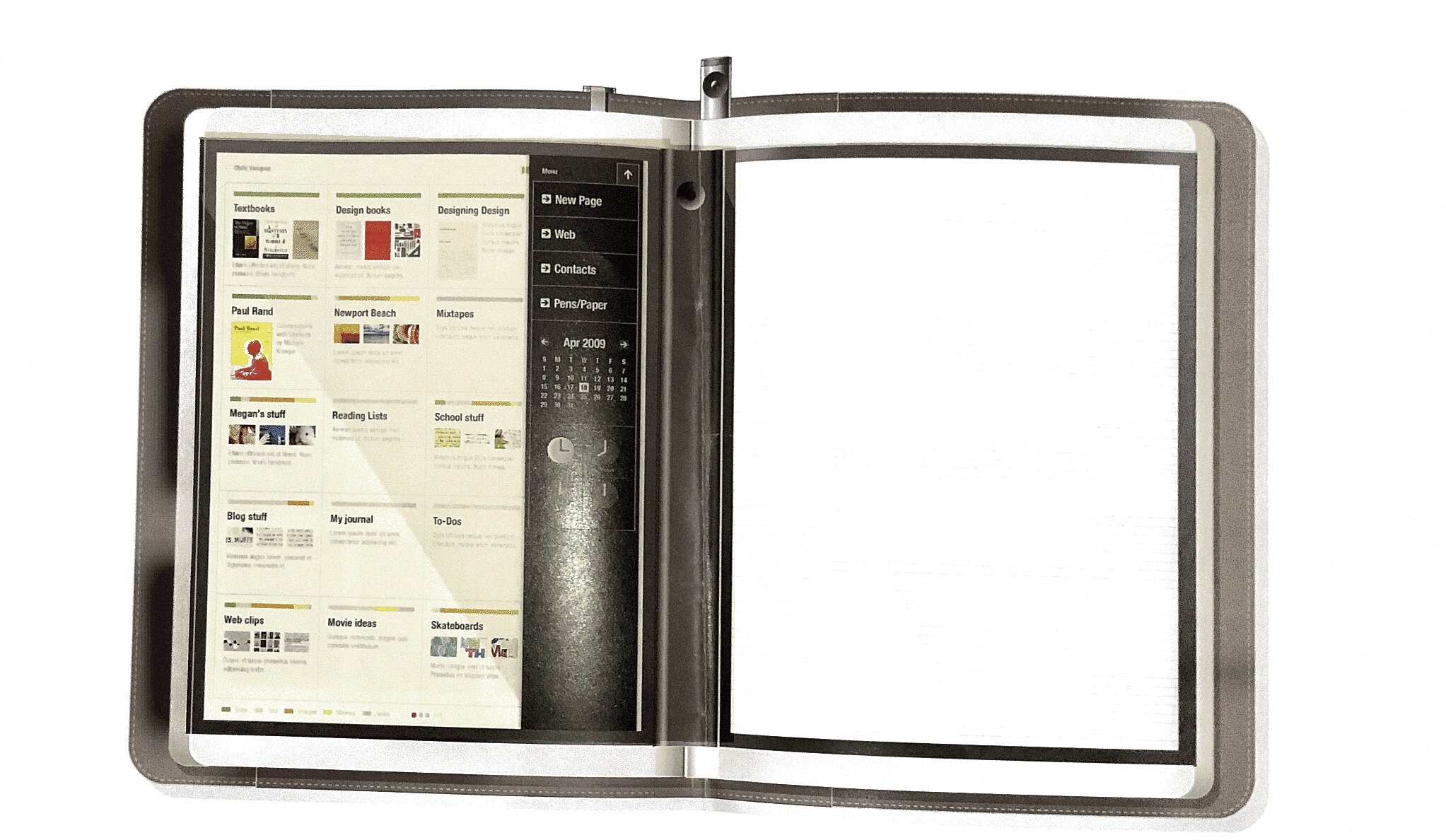
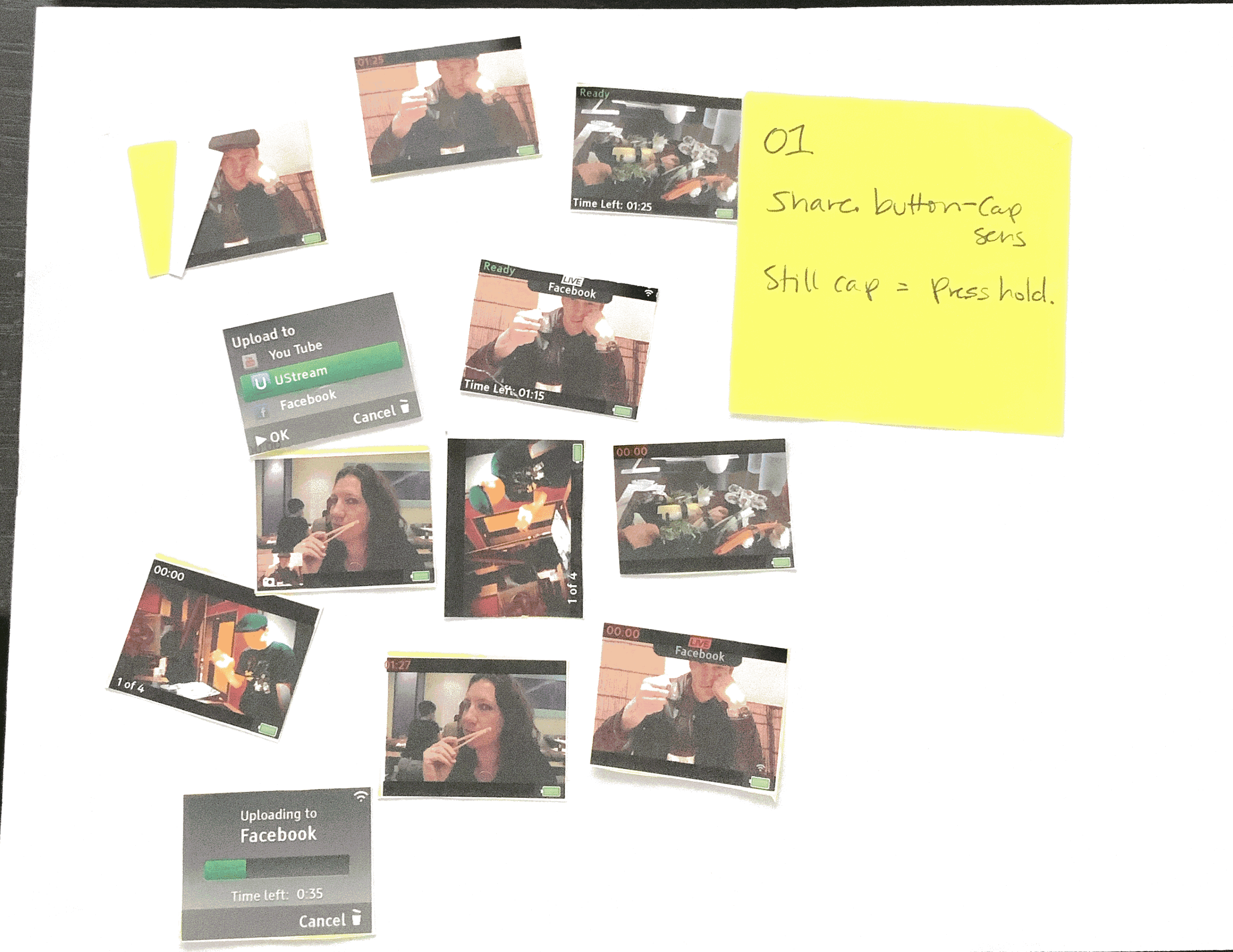

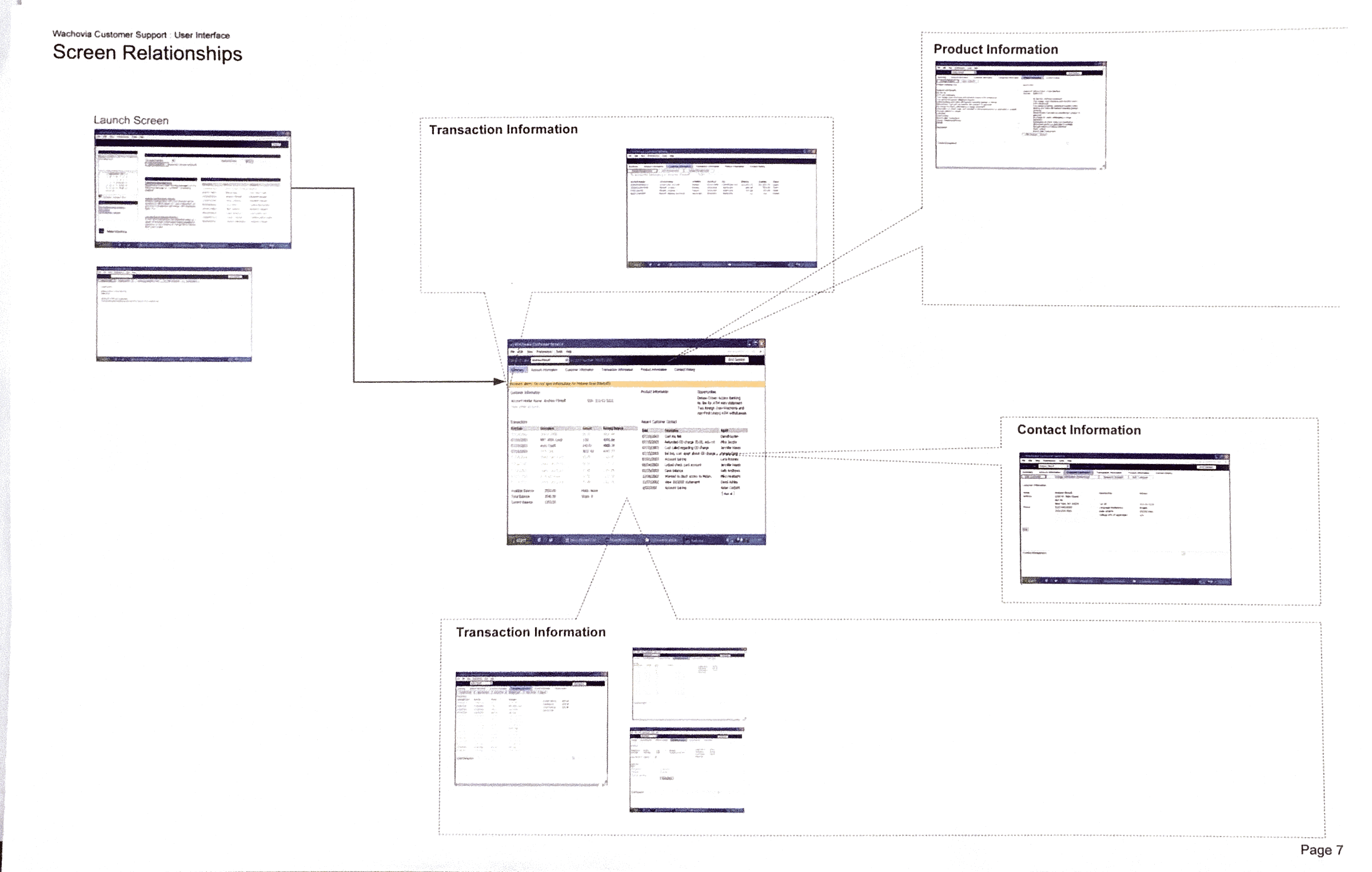

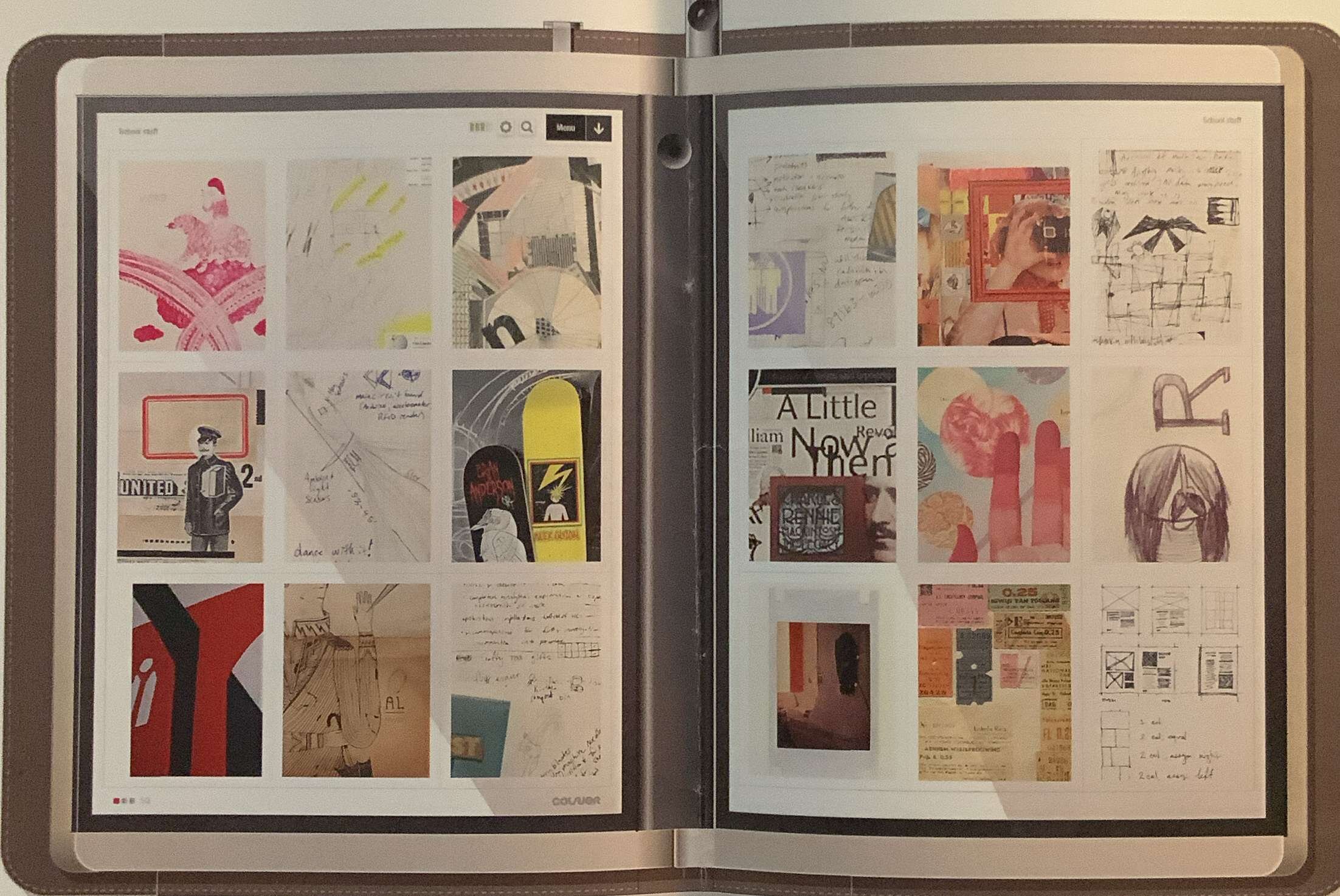
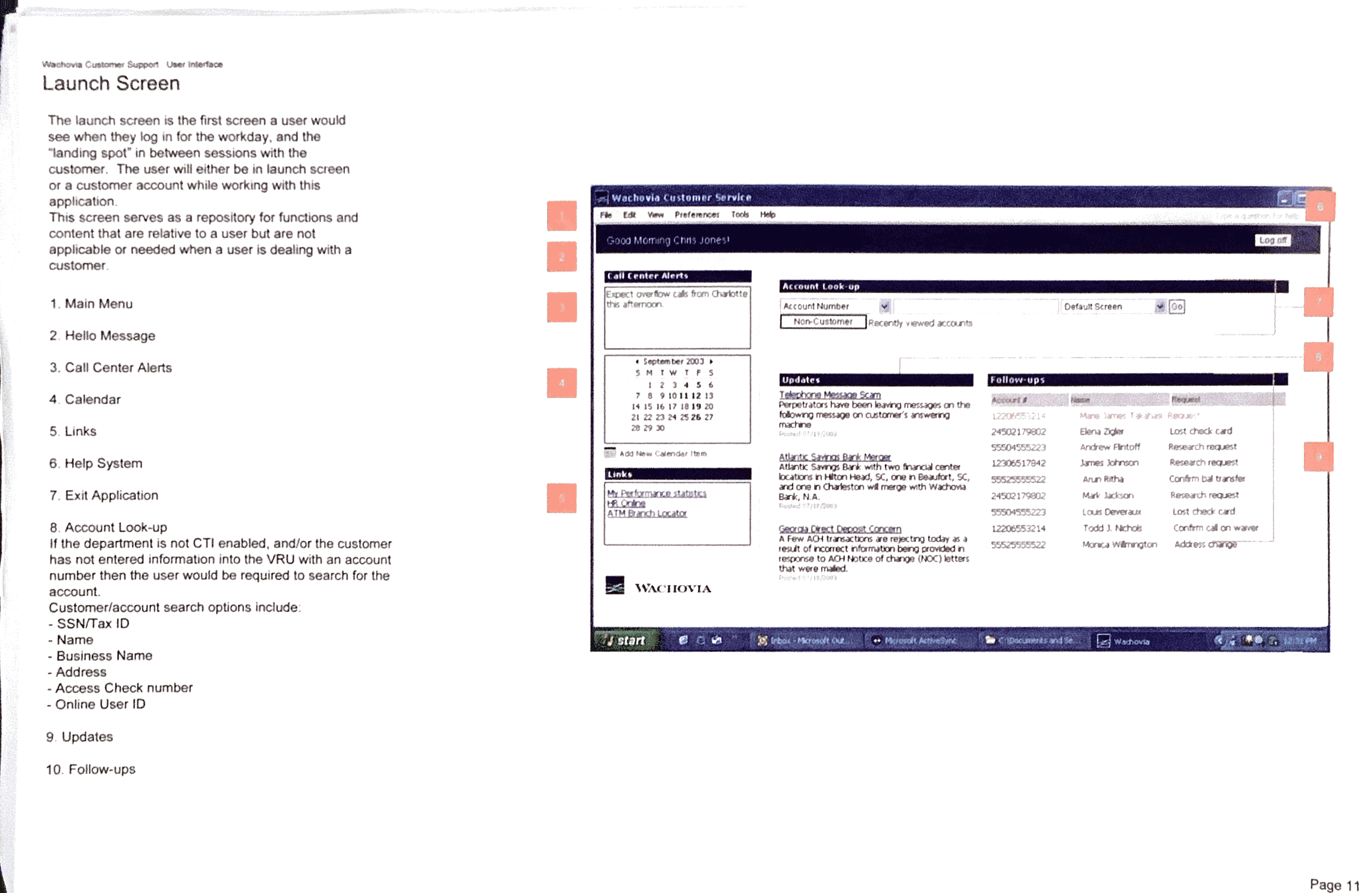
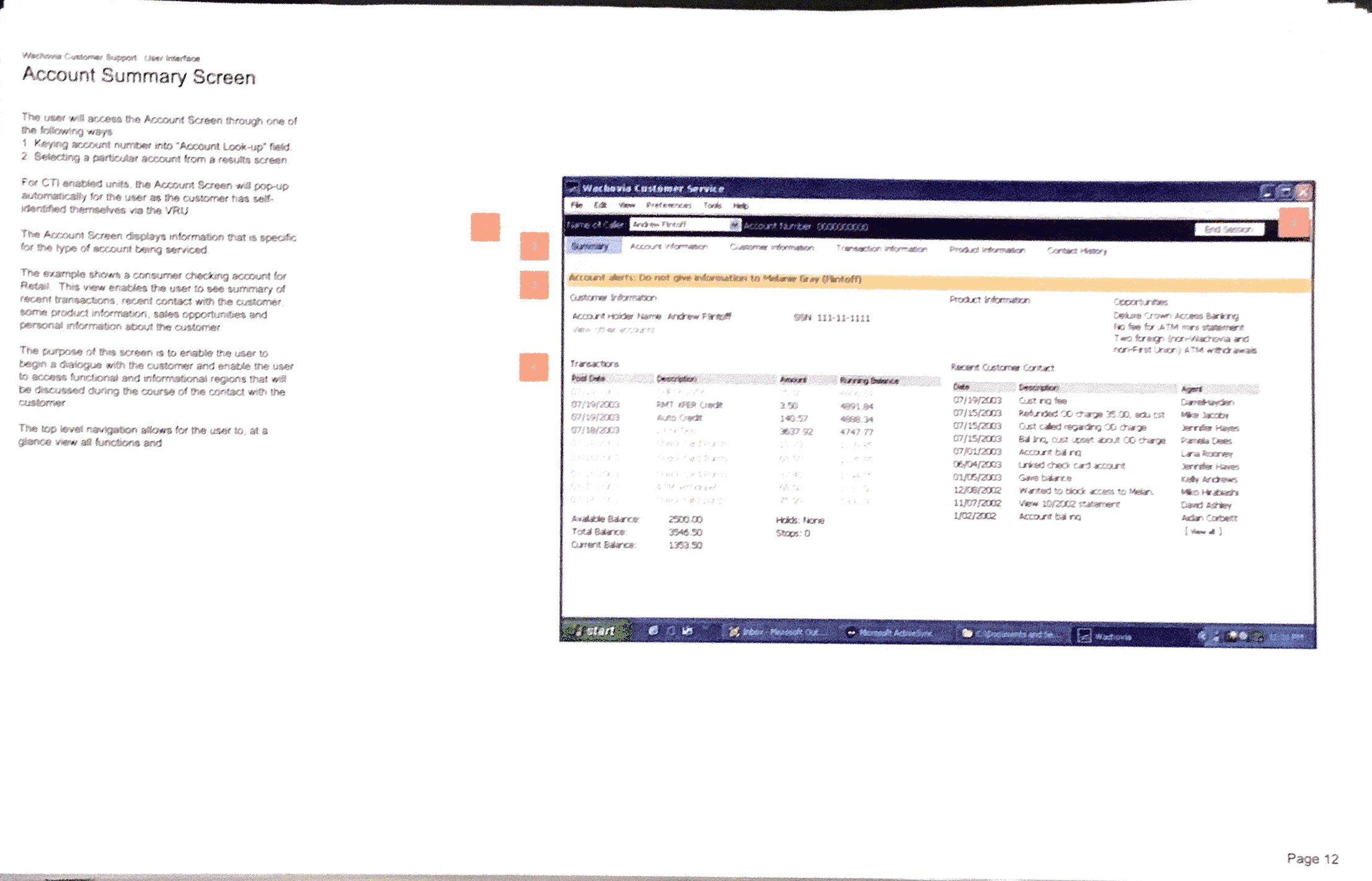
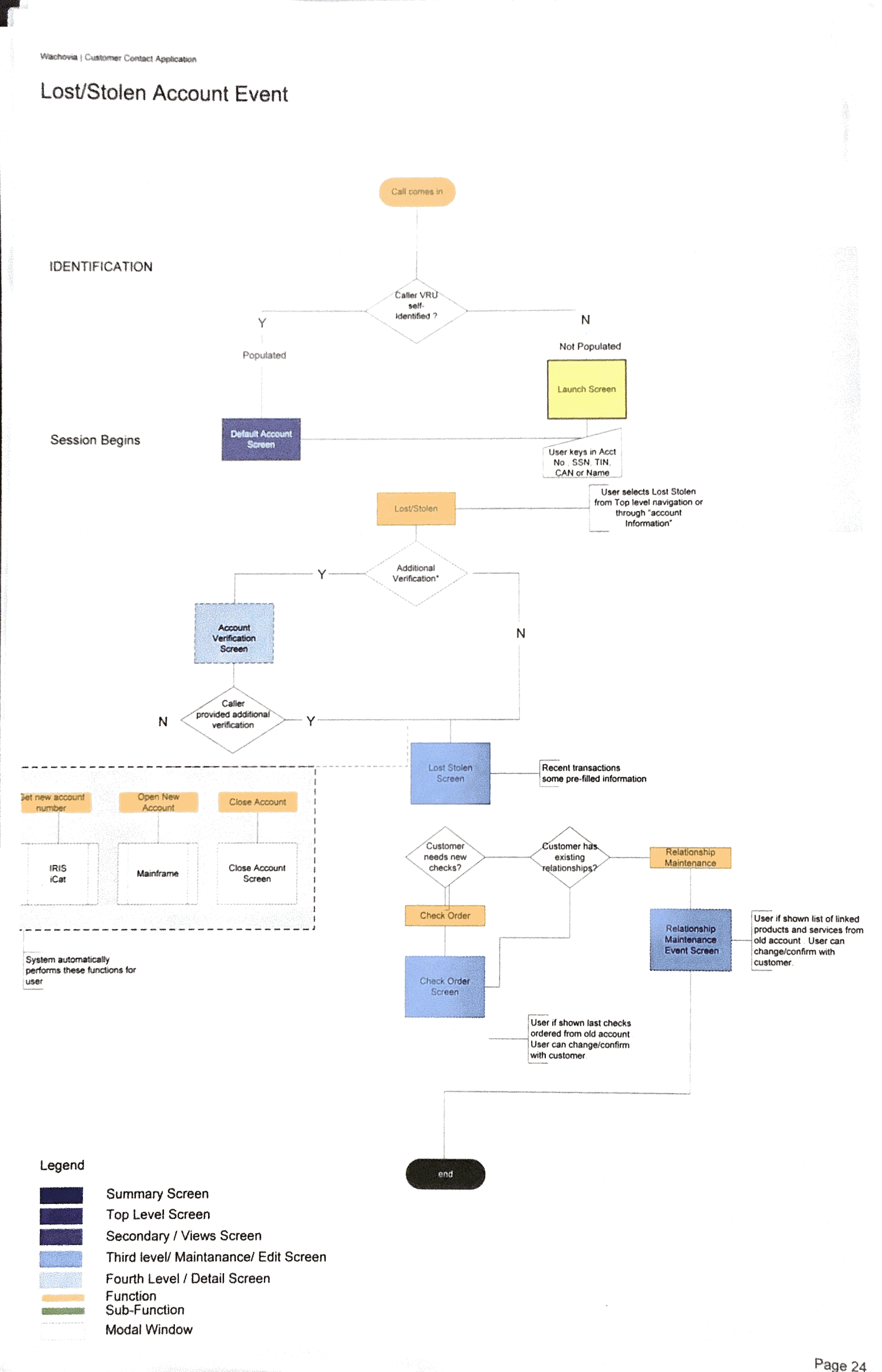
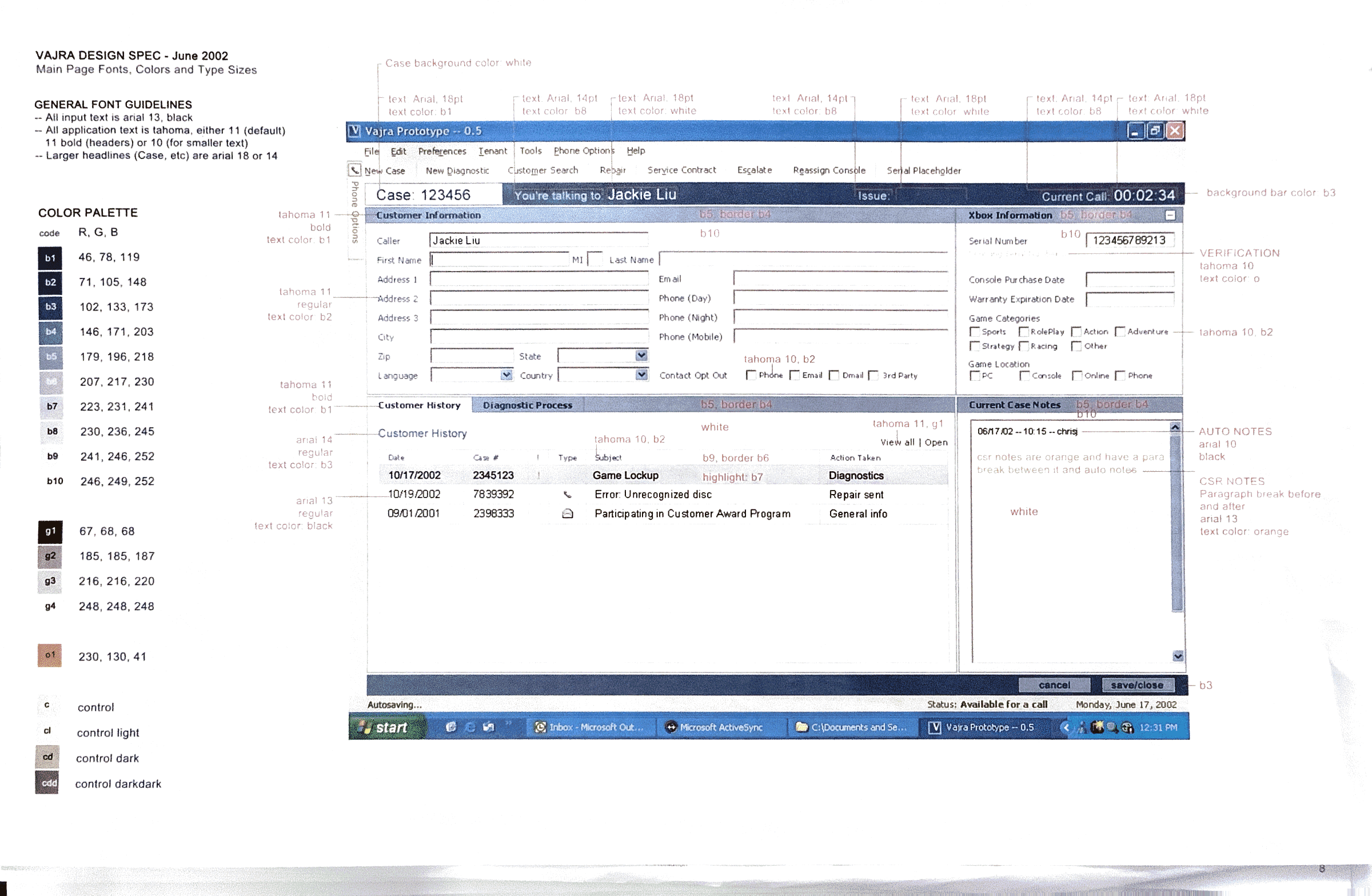
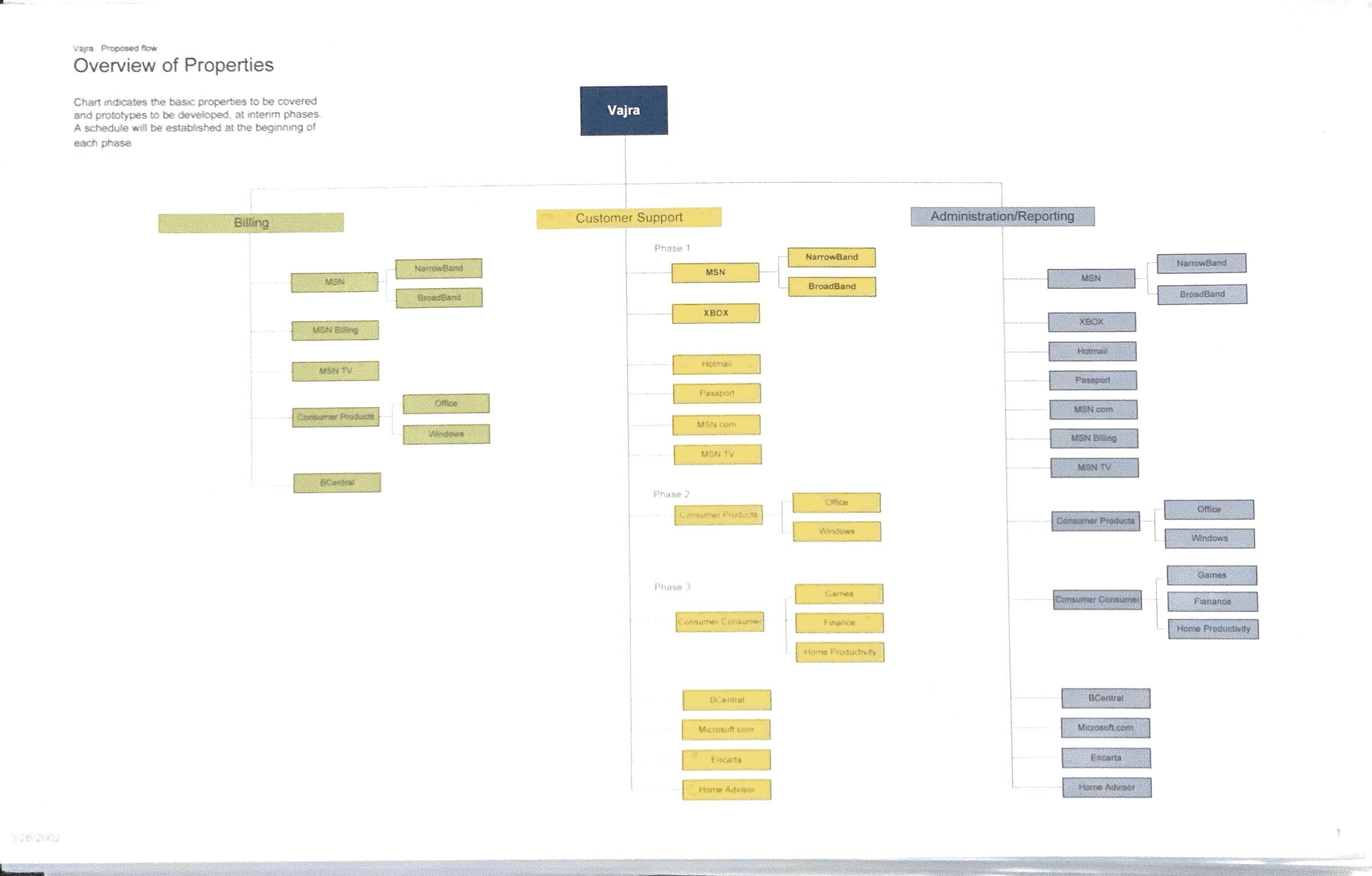
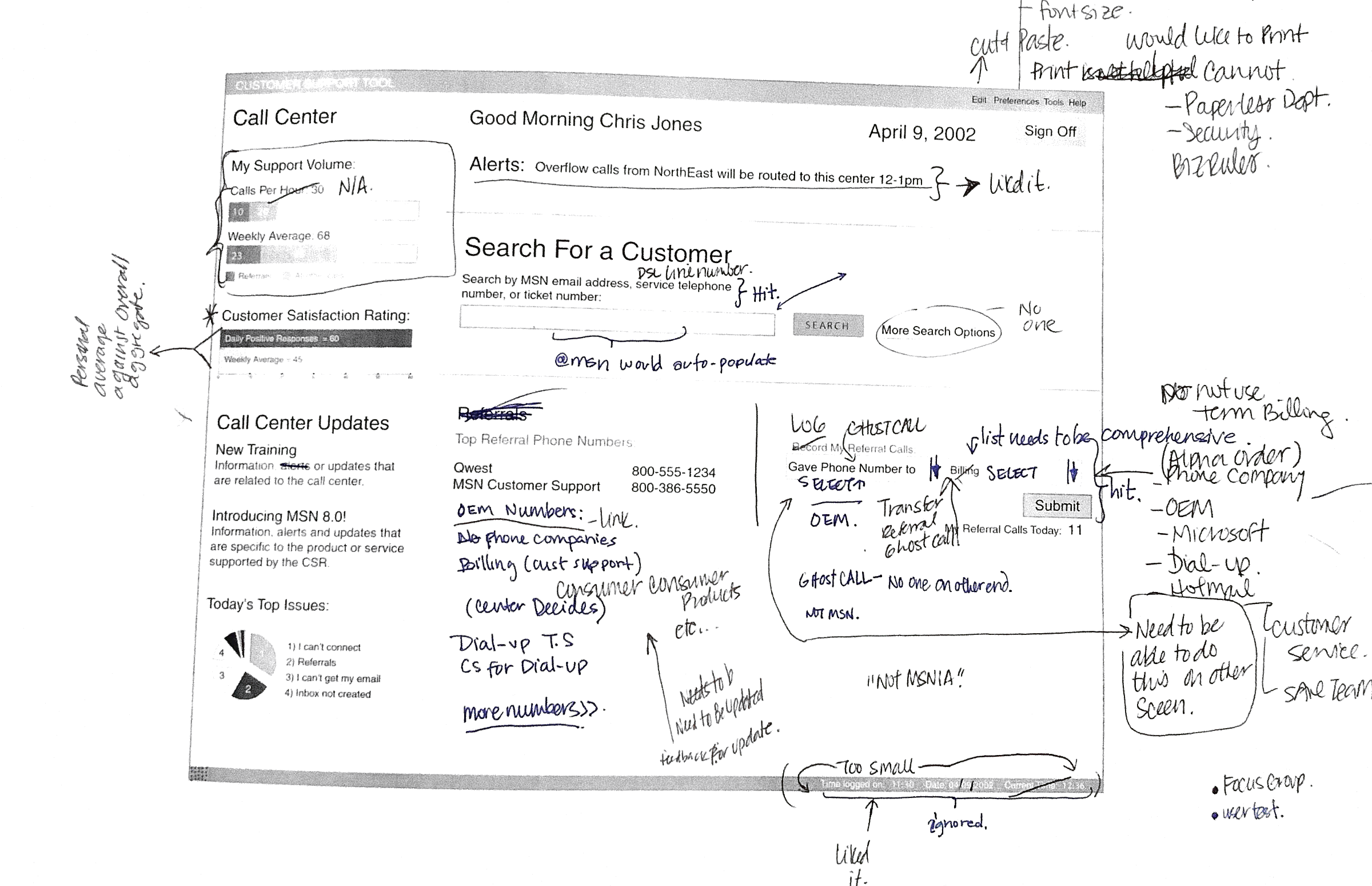
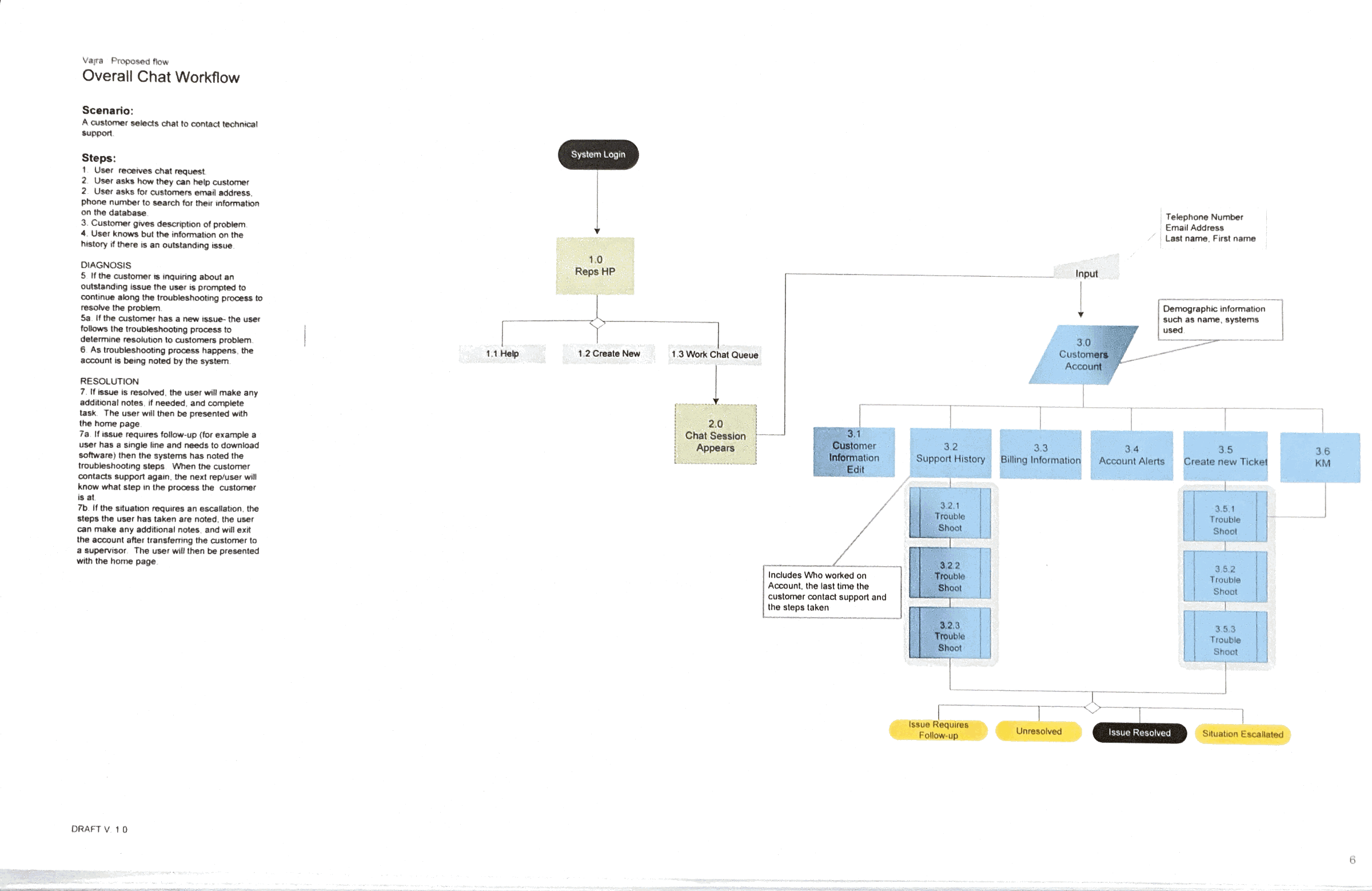
Llama Foods
Llama Foods brings quality foods to food deserts, sustainably and equitably. This project is an exploration of what we could do with a few trucks and food donations.
Llama Foods brings affordable, quality food to food deserts and employ people from these communities with fair wages.
The 2020 pandemic amplified the inequity that has always been present in our country.
“Members of minority racial and ethnic groups are disproportionately represented among COVID-19–associated deaths.” *
The virus propagated in low-income communities of color—individuals who do not have the luxury of working remotely. Nutritious food is critical for breaking the cycle of chronic disease (poor food → poor health → more bills → less money → poor food). More access to more nutritious food gives these communities a fighting chance against future pandemics.
Communities where access to preventative health care and even access to food exacerbates the prevalence of pre-existing conditions such as heart disease and diabetes, which also made these communities particularly vulnerable.
The problem is staggering. 38 Million Americans live in poverty, and many live where easy access to nutritious food is impossible.
A food desert is where people have low incomes and low access to quality food. The Bay area is home to 9 of America's worst food deserts, and right here in San Francisco, we have a large part of the city that is considered a Food Desert.
Llama Foods
Bringing quality foods to food deserts sustainably and equitably.
Aynne Valencia, Amy Cheng, Audrey Graves
Me vs. We
Altruism is about the improvement of the lives of other beings and doing the most good with the resources that are available. This is opposed to egoism which is focused on the self (and by extension, those who are like yourself).
Personal beliefs translate into our work. I always think about how my practice of Zen Buddhism has changed my entire POV about the world and has dramatically changed everything in my life, including the type of work I choose to do. But, beyond my Buddhist practice, which is more about how I prepare for death as a way to appreciate life more, I think effective altruism is really more at the core of how I think we should choose to live our daily life.
In a nutshell, altruism is about the improvement of the lives of other beings and doing the most good with the resources that are available. This is opposed to egoism which is focused on the self (and by extension, those who are like yourself). By nature, this way of thinking is long-term and systemic by nature, as one uses scientific and fact-based reasoning to determine how to get to the root cause of a problem, rather than focusing on the temporal symptom.
My first exposure to this way of thinking was Peter Singers book, Animal Liberation, which I found on my dads bookshelf in the 1980s and still have in my book collection today. Singer, who is a philosopher asserts that we must move beyond only referencing our own species as a reference and if we truly believe in living ethically, we must apply the same respect and dignity to other species for the survival of all. I was already a vegetarian by that time, but I had not really considered that the choices I make, even the choice to *abstain* from something, was so consequential and even political. For those who are of a Judeo-Christian background, this is at the core of how sects interpret the role on mankind - you believe humans have dominion over the earth or you believe humans are guardians. There is a vast difference in these two points of view. We are either part of this natural system or we exploit it. I maintain that to exploit is a painful way to live, even, ultimately, for the exploiter.
We make choices every day, every day we decide how we spend our meager time on this planet.
We can do whatever we want to do, we have the technology to do it now - so they question all of us who create things have to grapple with is what are we going to make? Who is it for? And how does it make life better, not for ourselves, but for every being who will come after we have long left this earthly plane.
Dear SF
#DearSF is a campaign, an open letter to San Francisco.
From workers in the industry to their beloved supporters, we welcome your expressions of survival, resilience, support, pride, and love. This project was initiated by the Entertainment Commission and my role was social media strategy and creative direction.
DearSF is a multimedia love letter to San Francisco.
San Francisco’s small businesses and entertainment venues are going through a dramatic, disorienting, and painful transition during this unprecedented pandemic.
#DearSF is a campaign, an open letter to San Francisco.
From workers in the industry to their beloved supporters, we welcome your expressions of survival, resilience, support, pride, and love.
This project was initiated by the Entertainment Commission and my role was social media strategy and creative direction.
This project began on June 6th and is part of the cities reopening process.
https://www.dearsf.org/
https://www.instagram.com/dear_sf/
Related Projects



